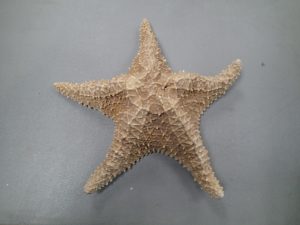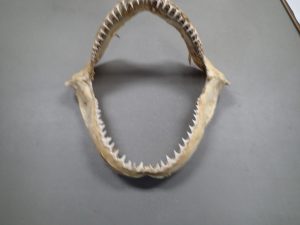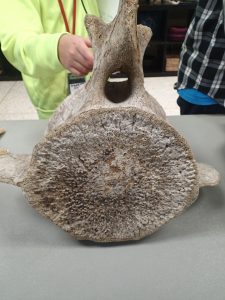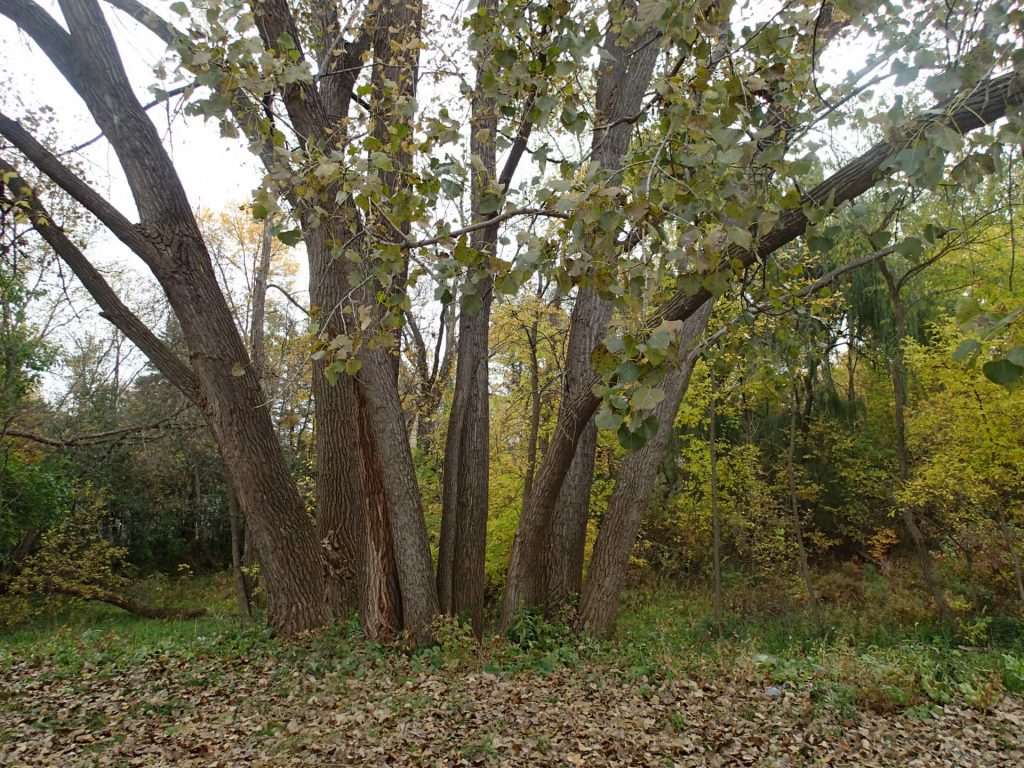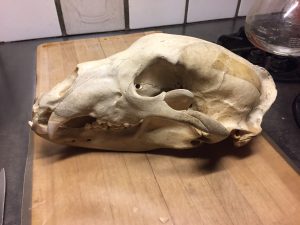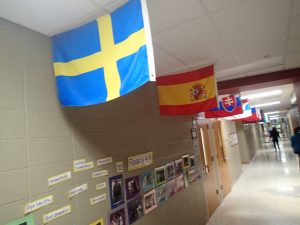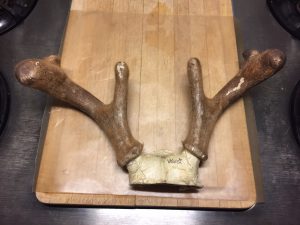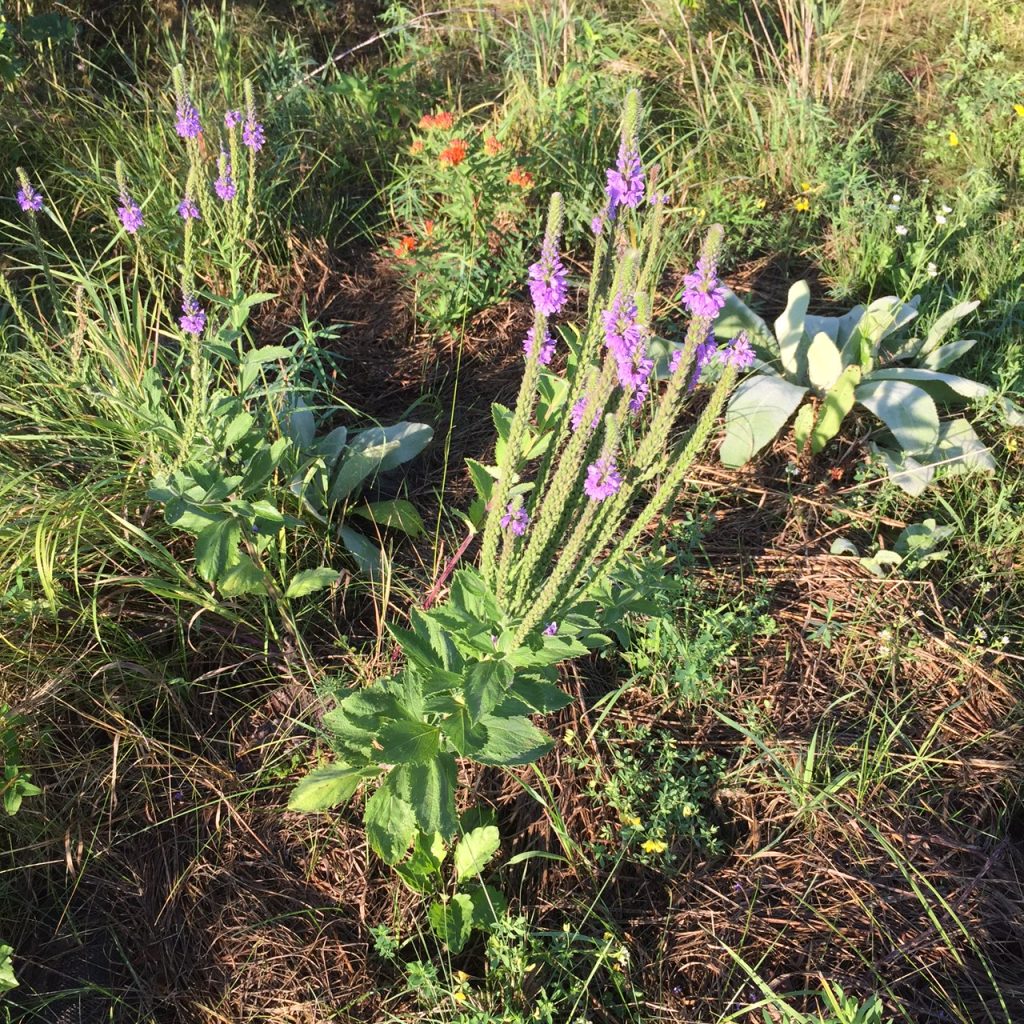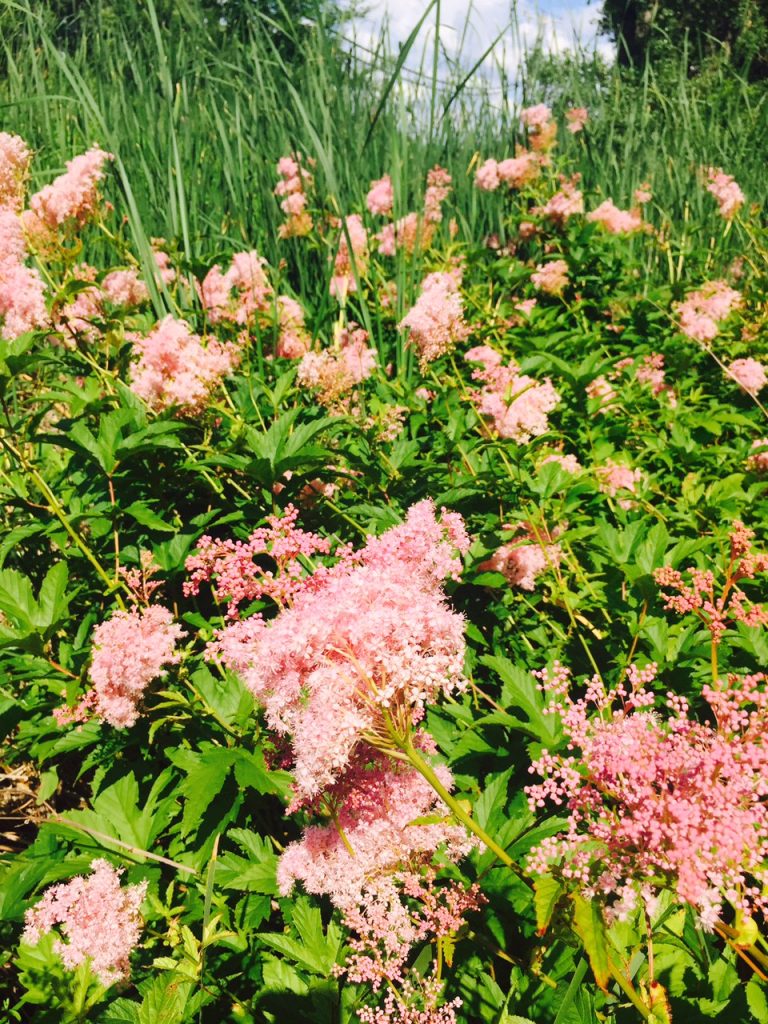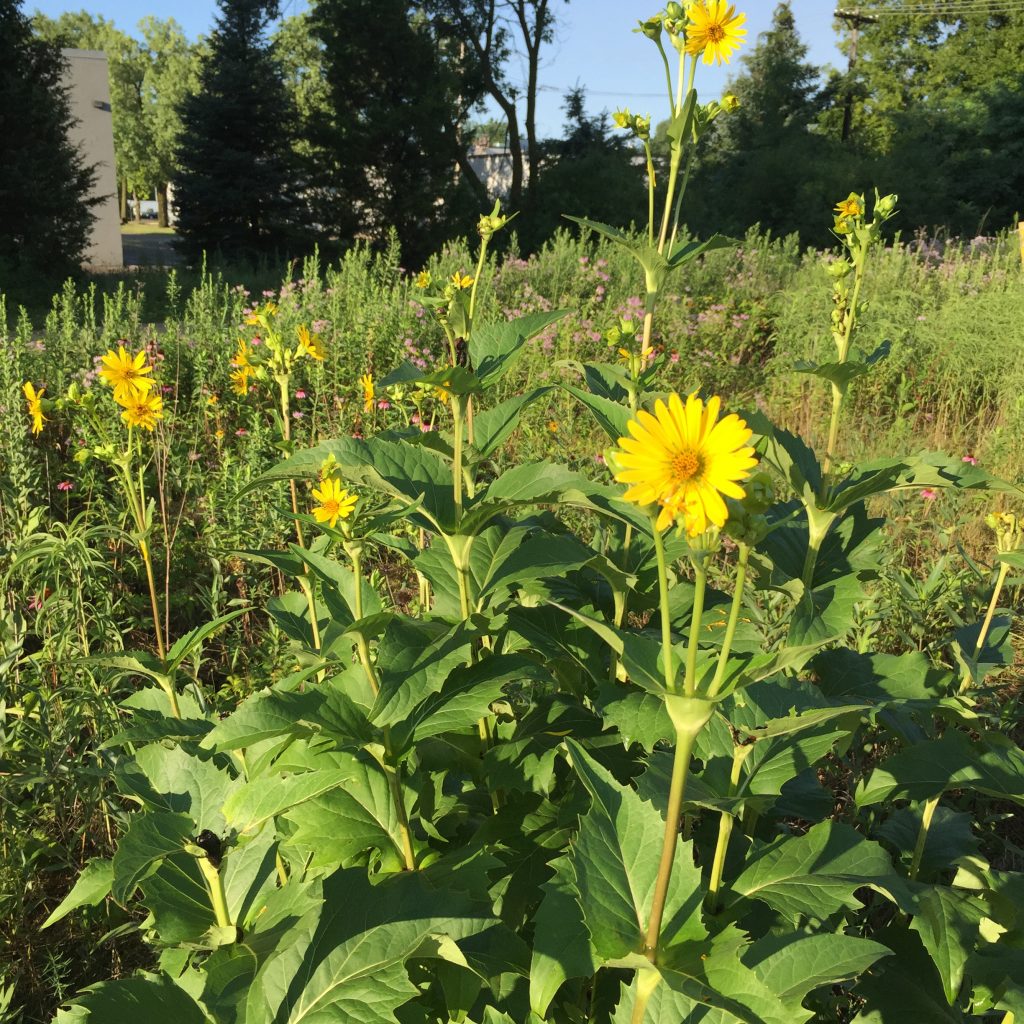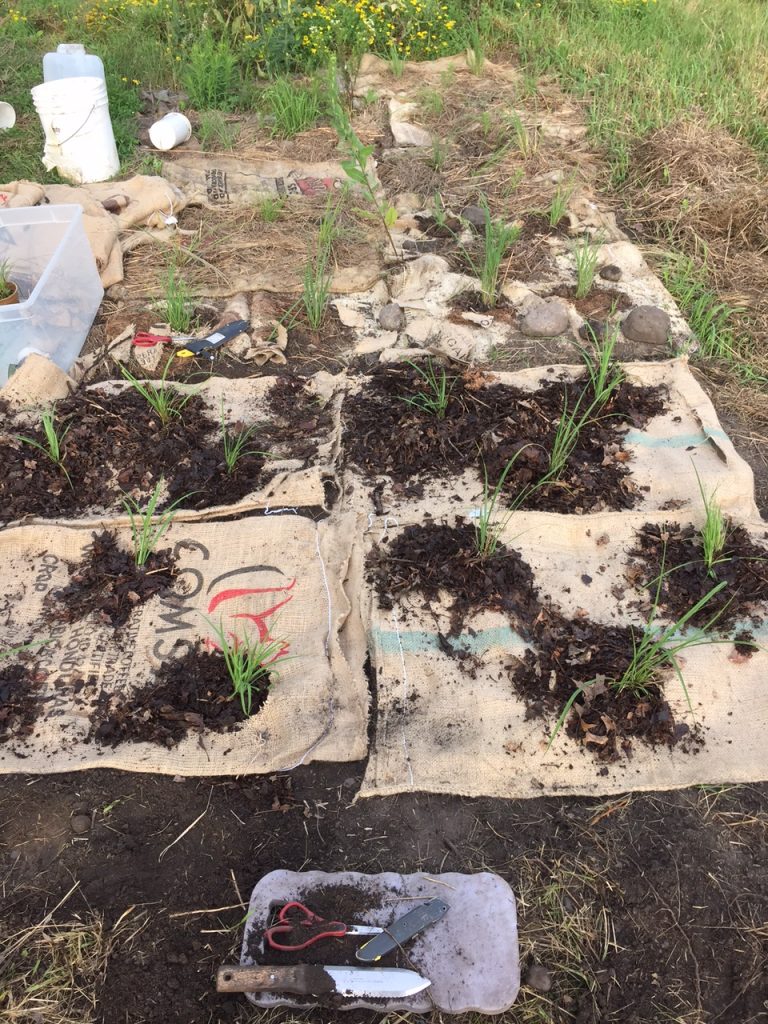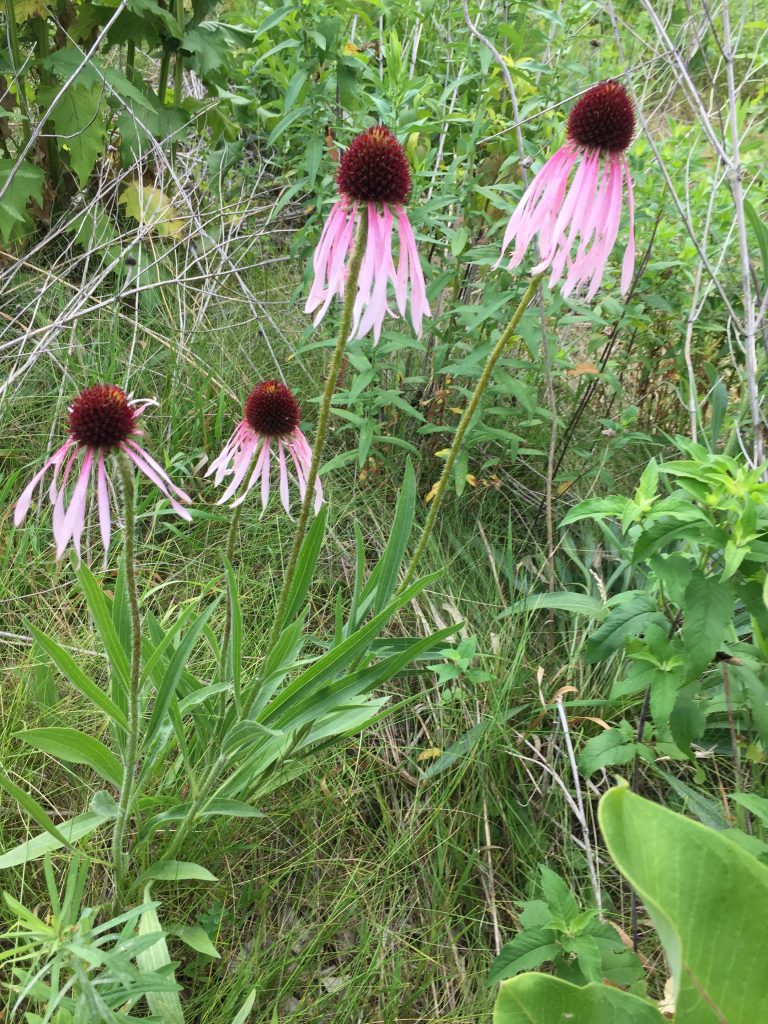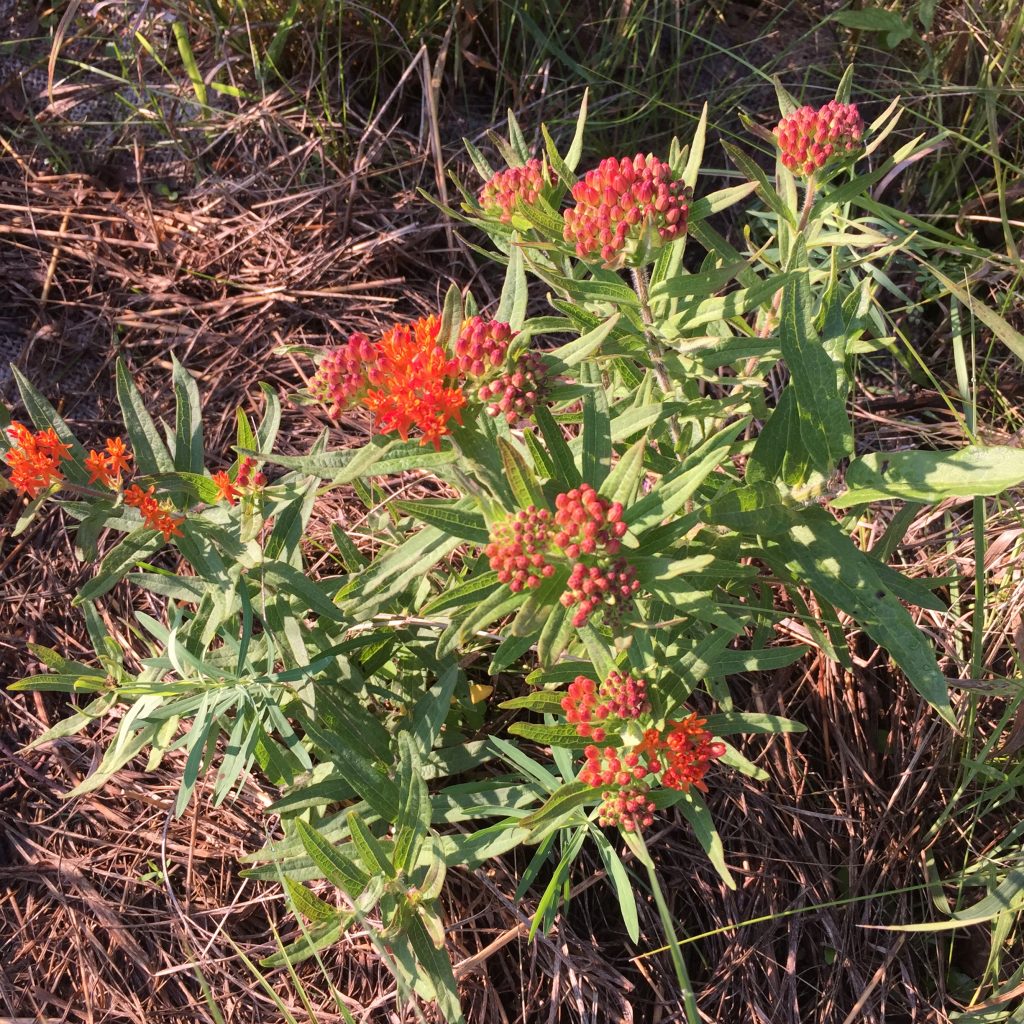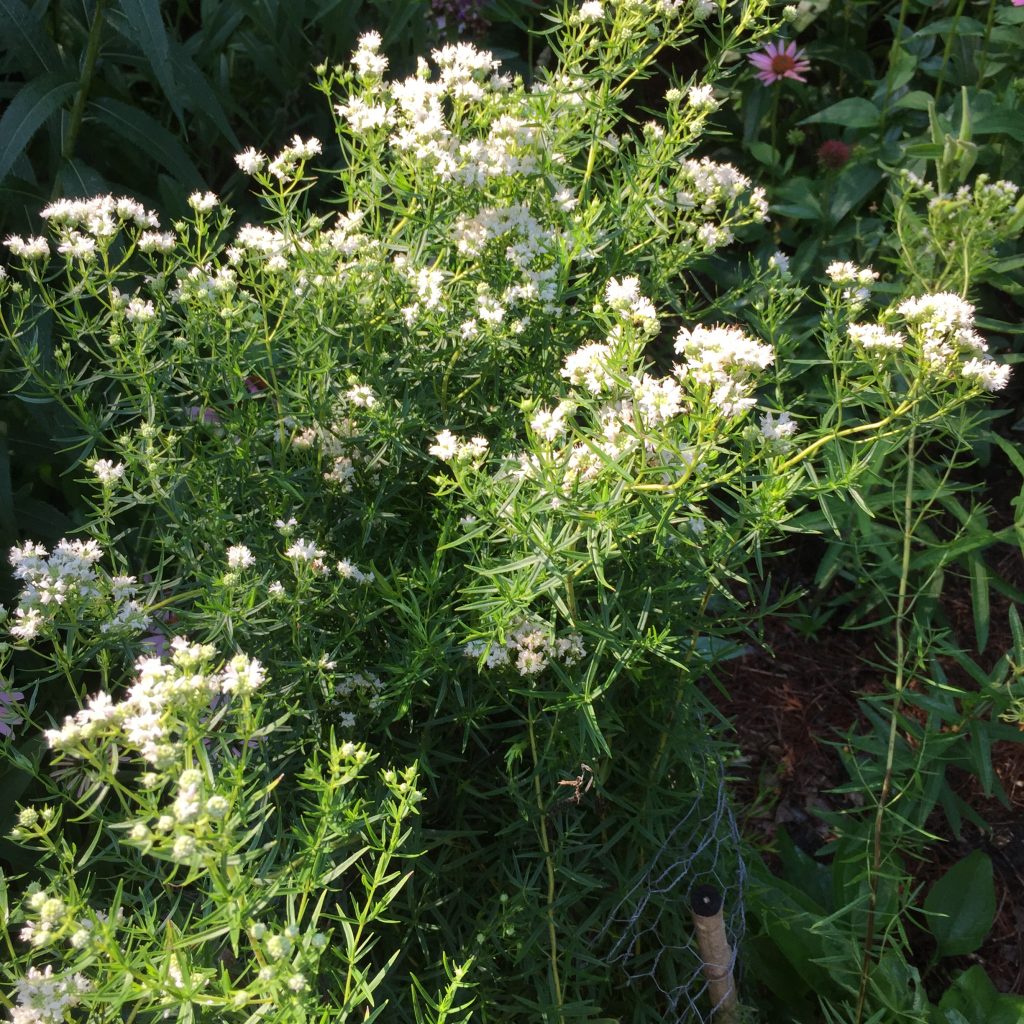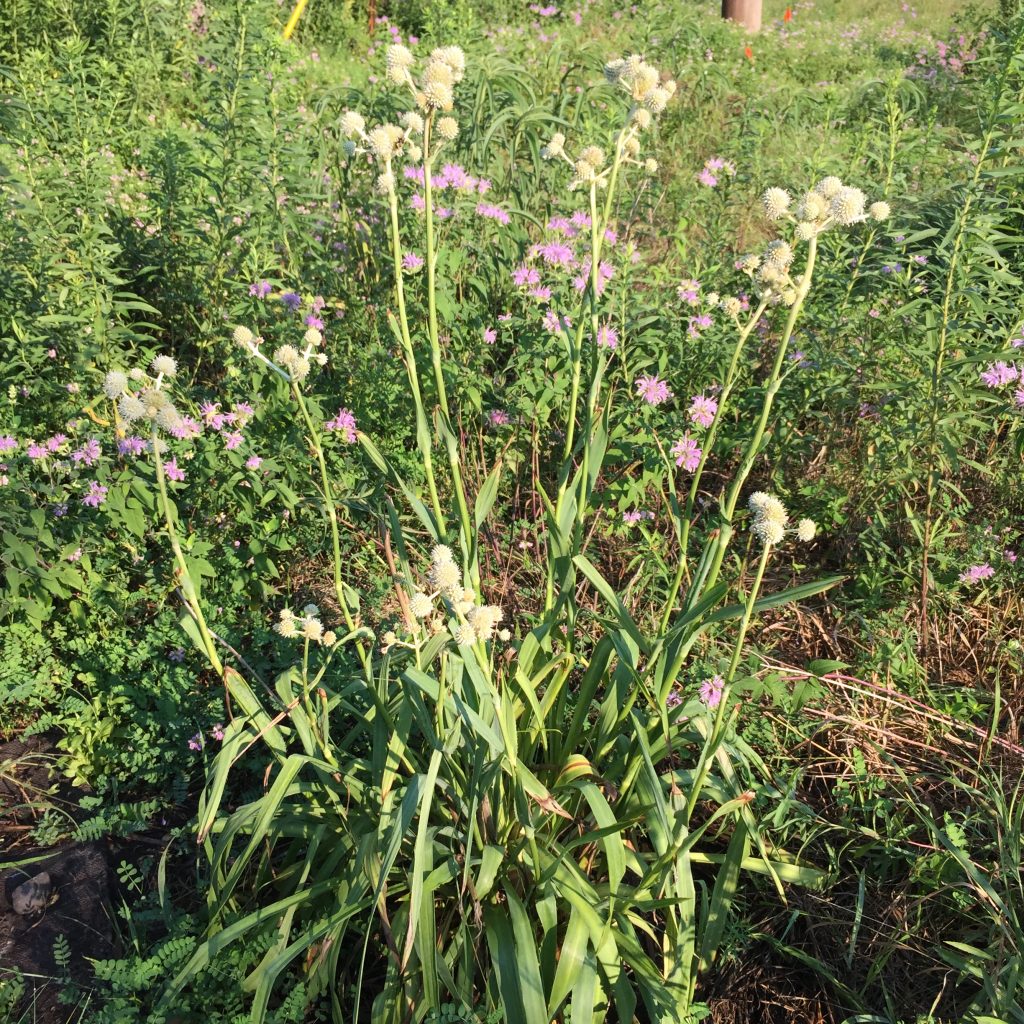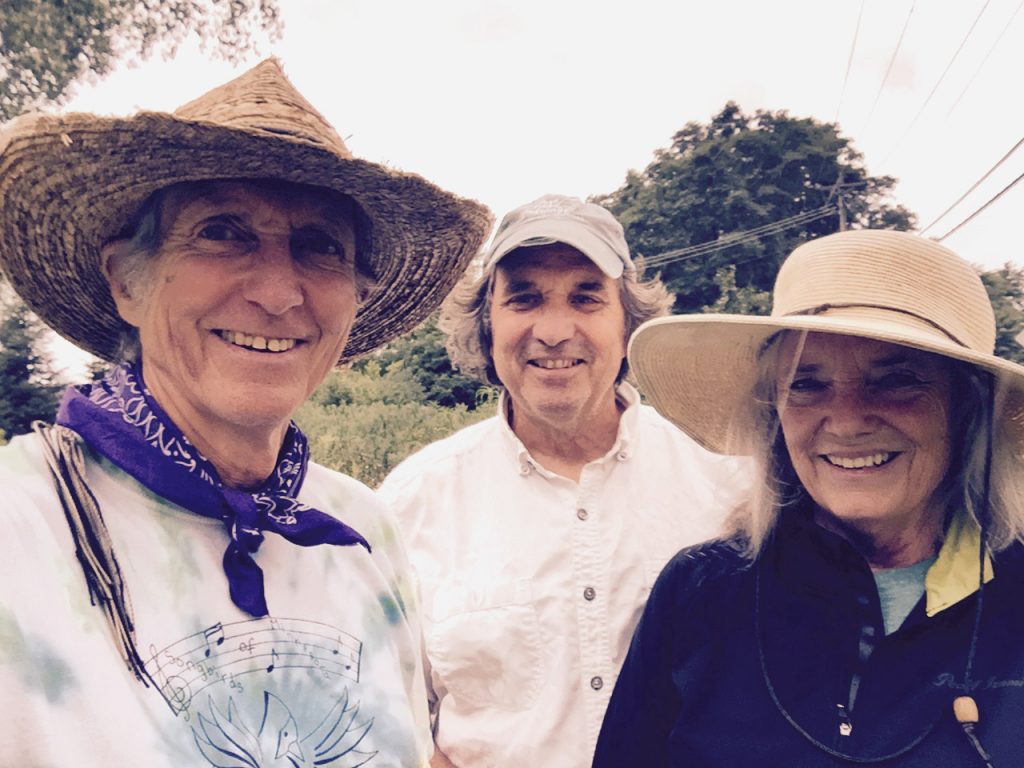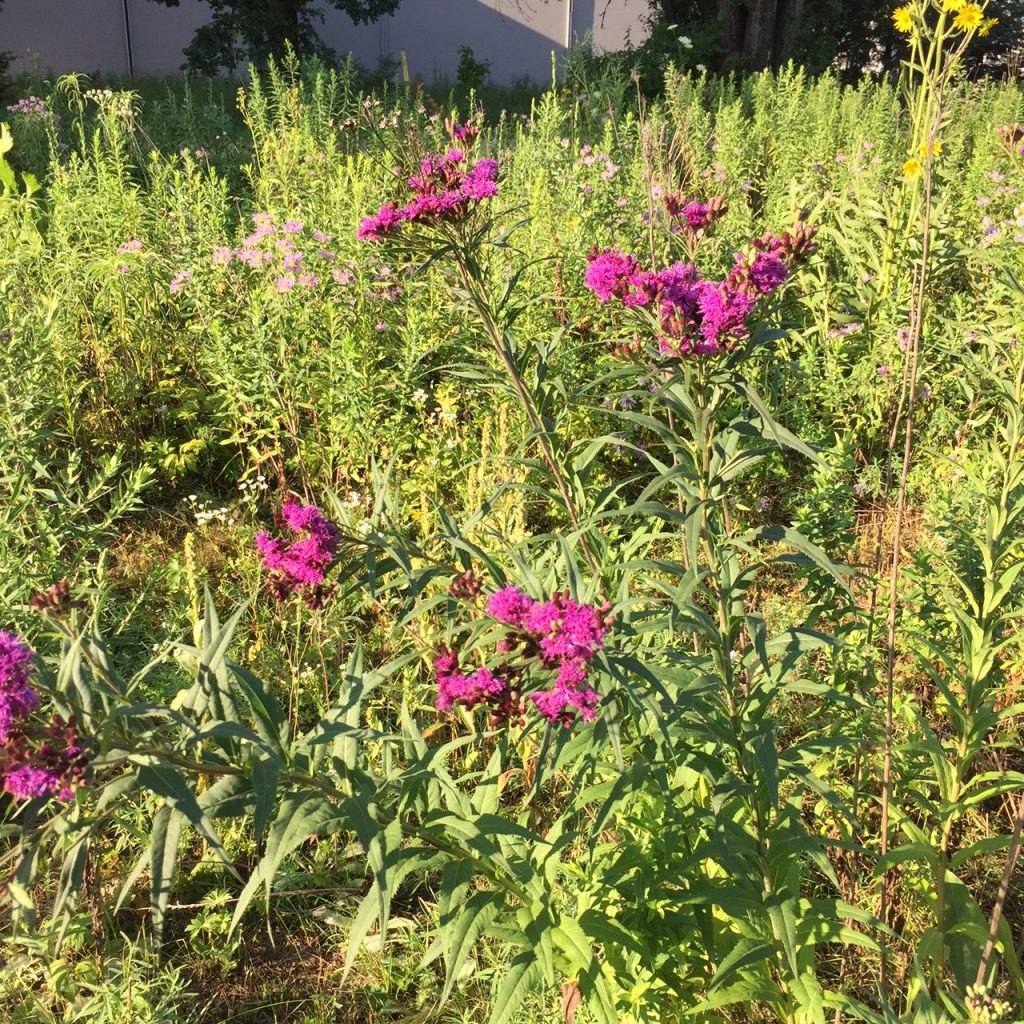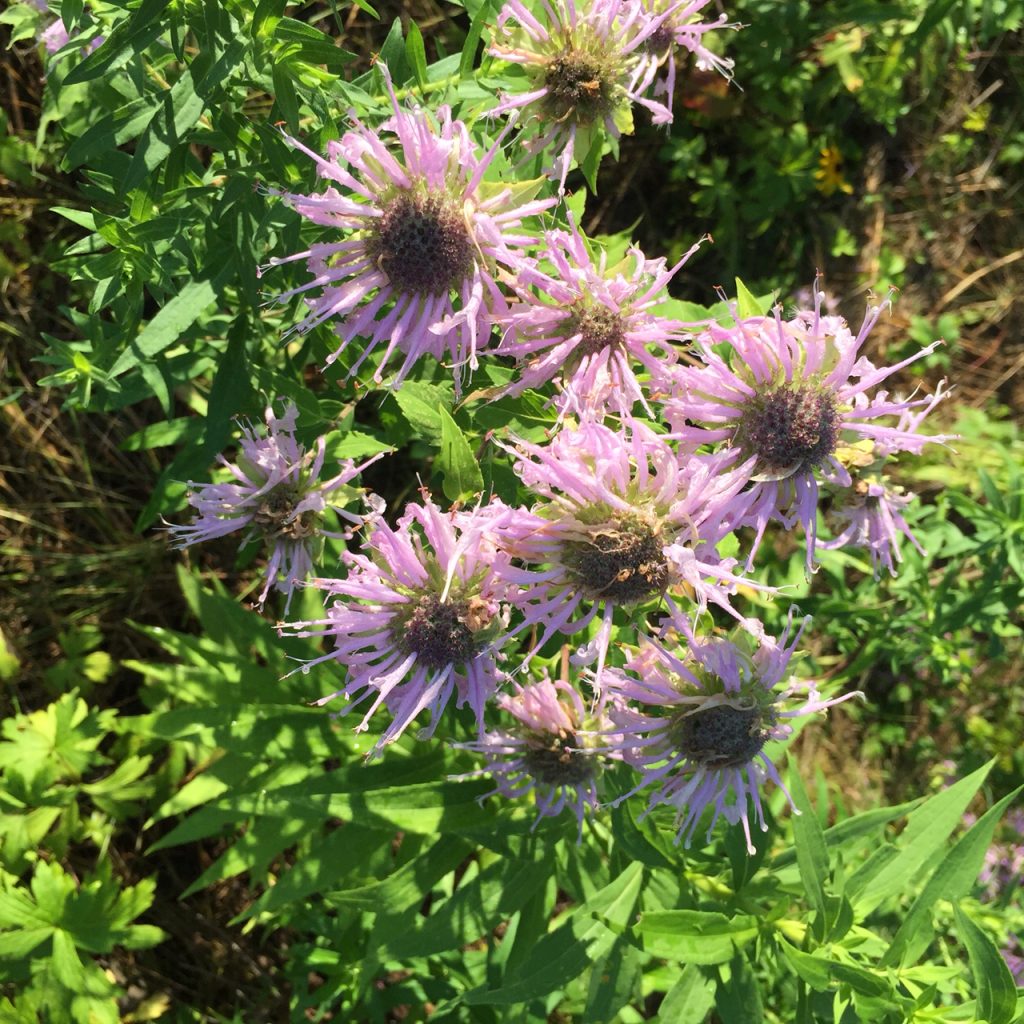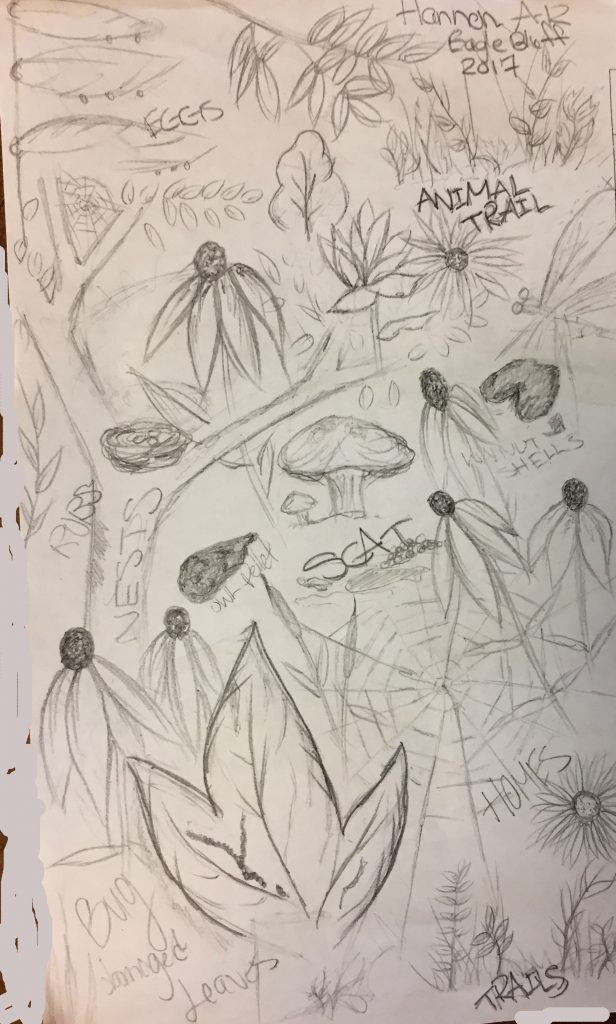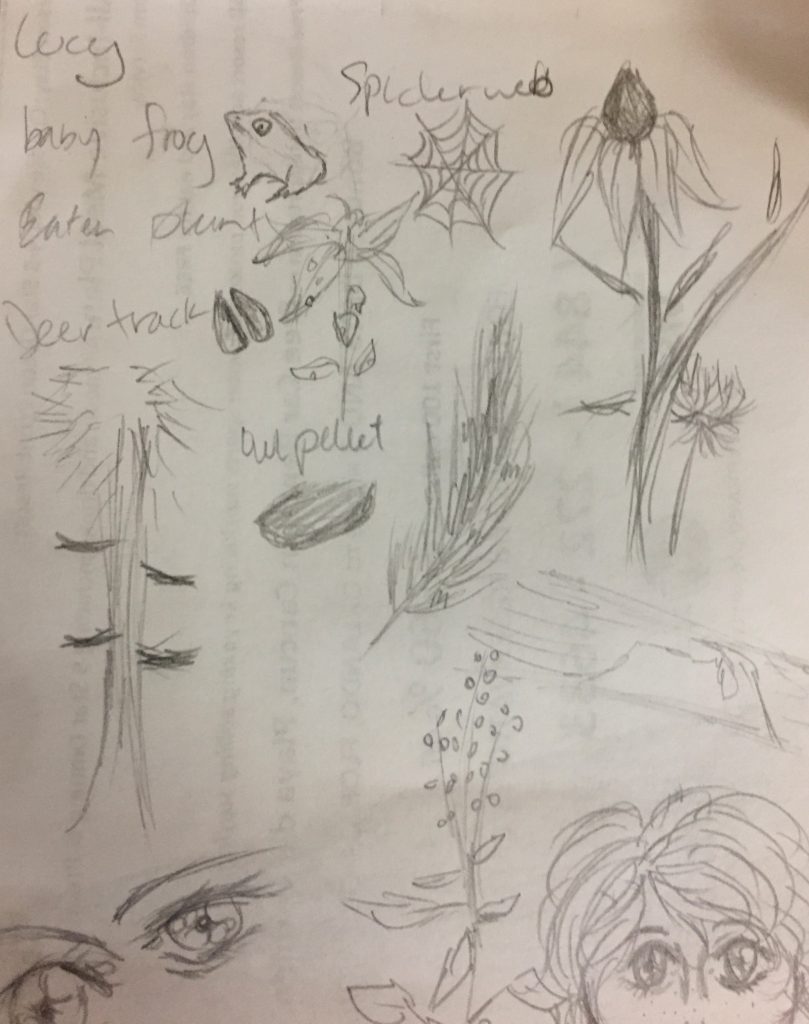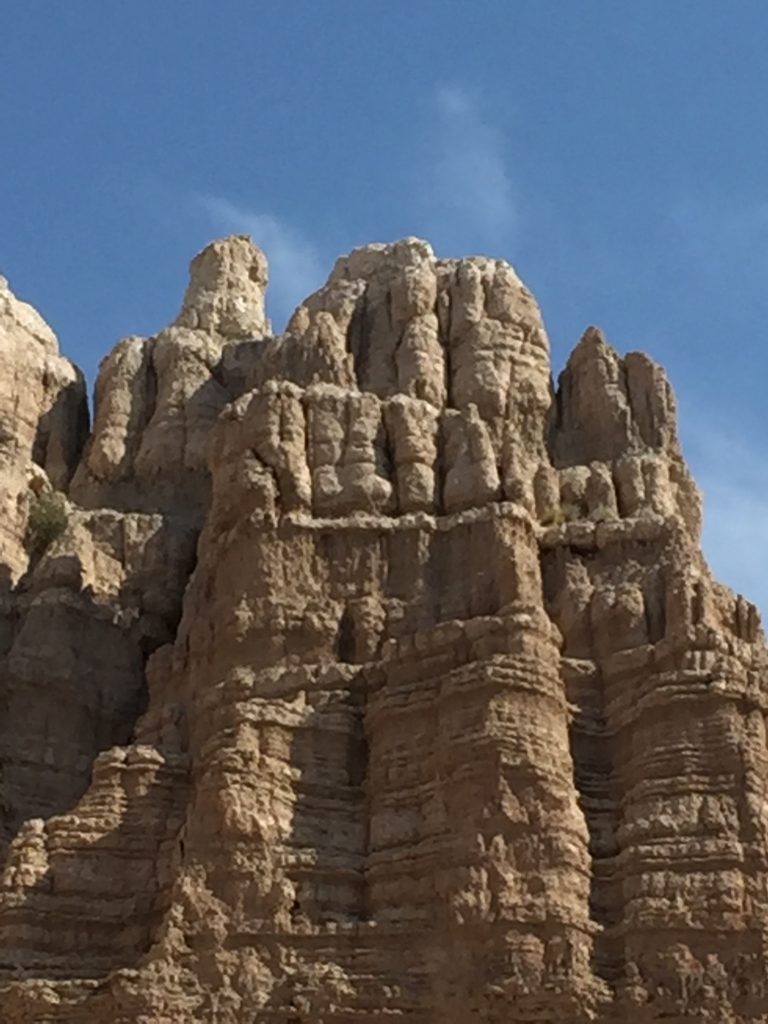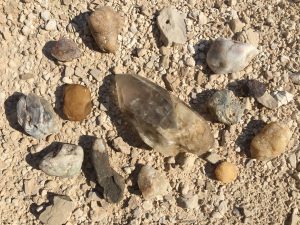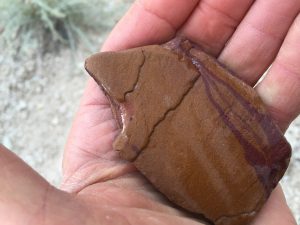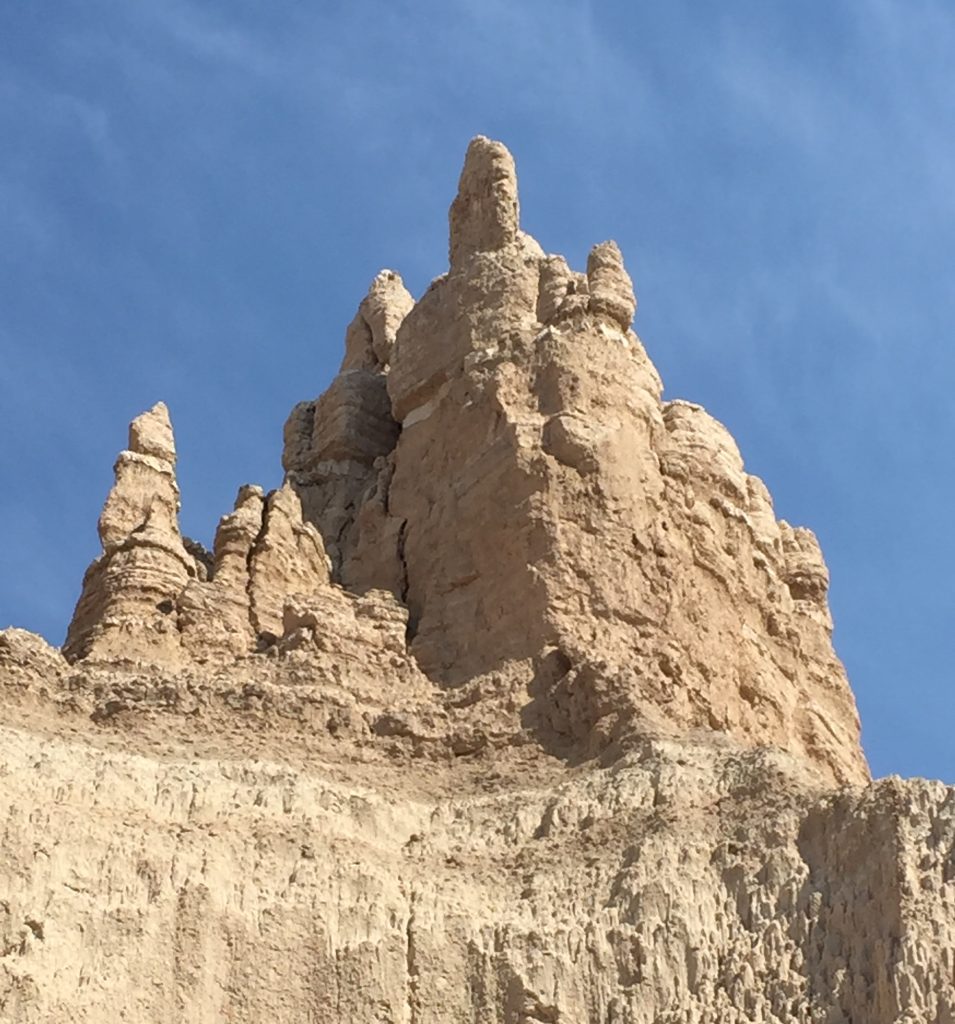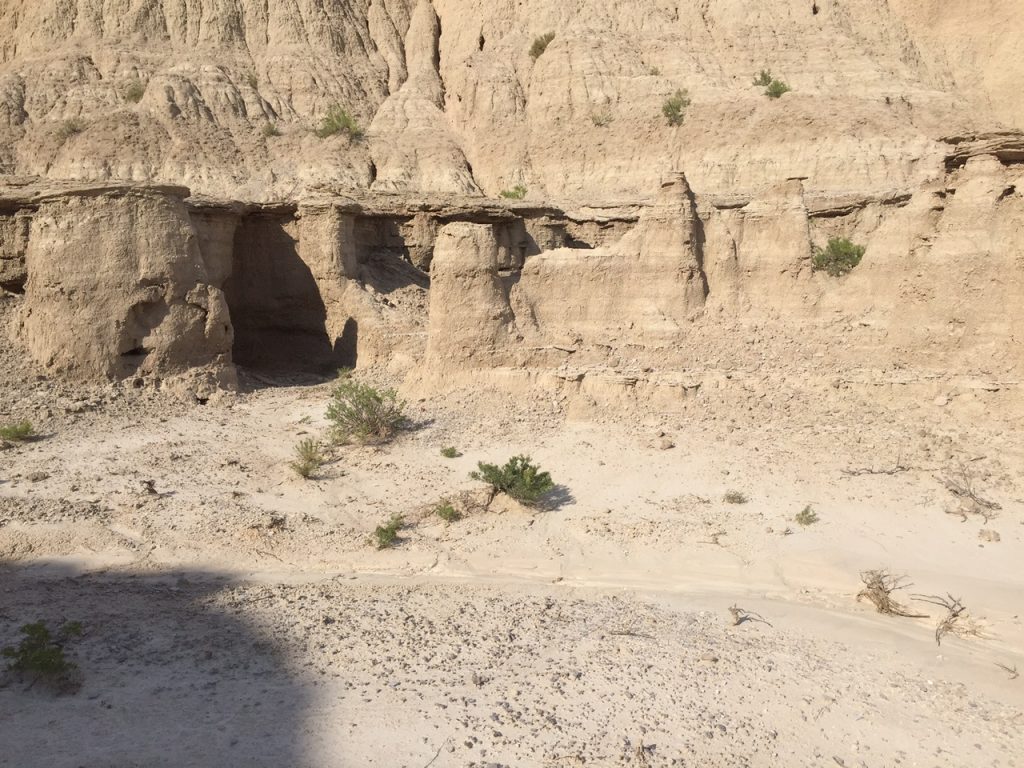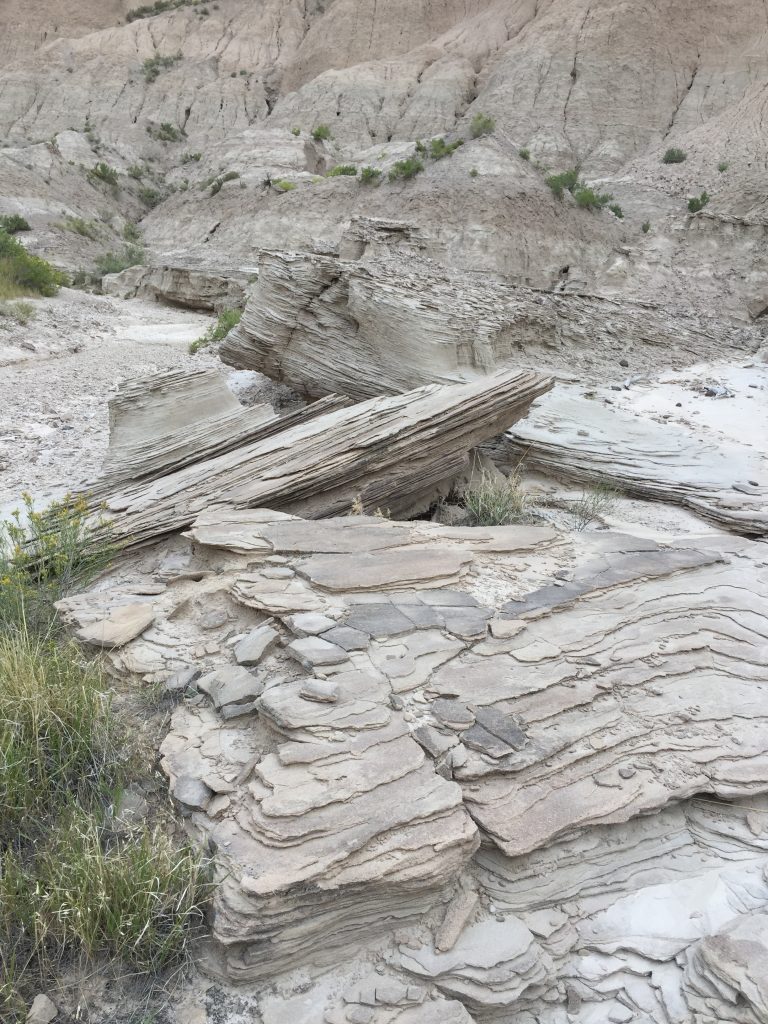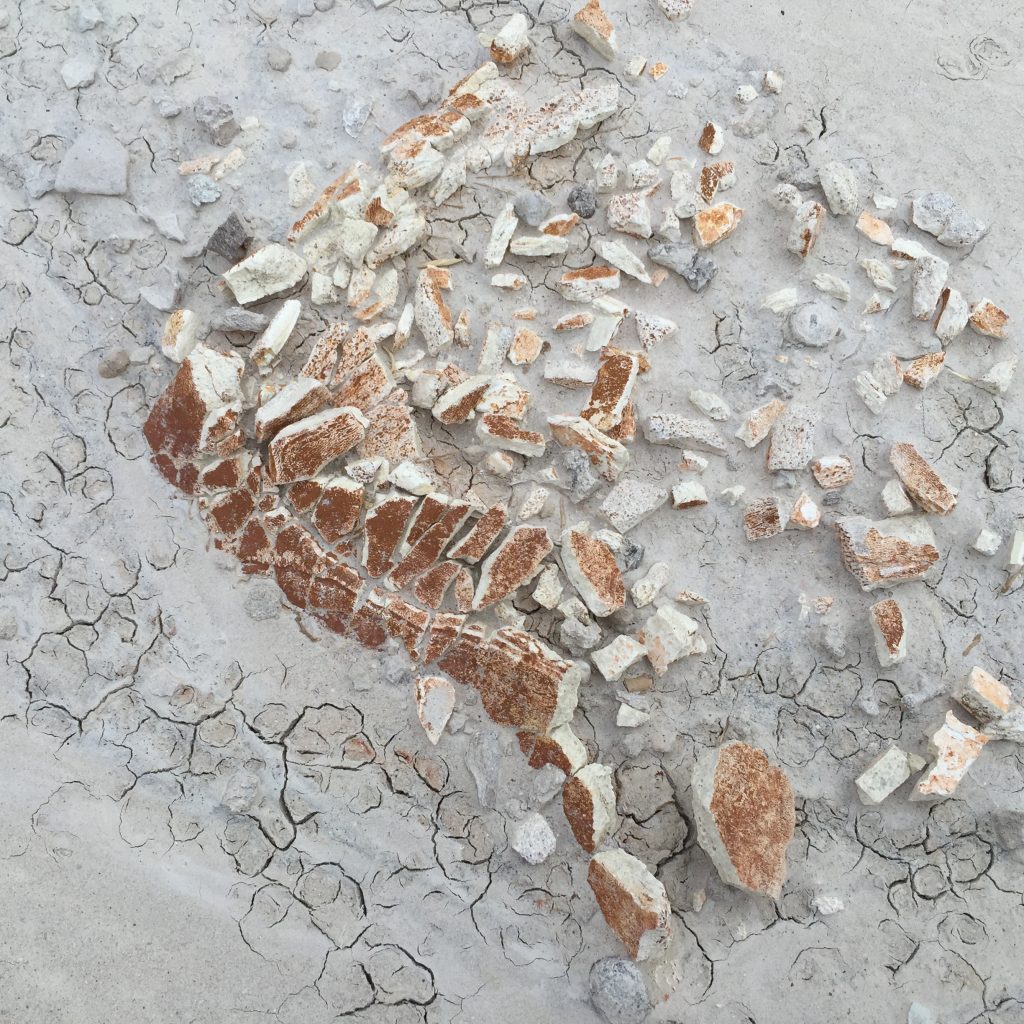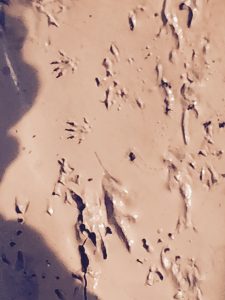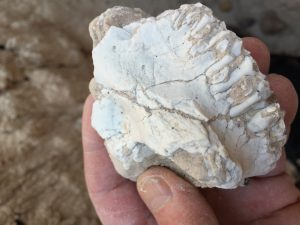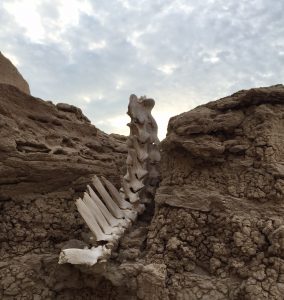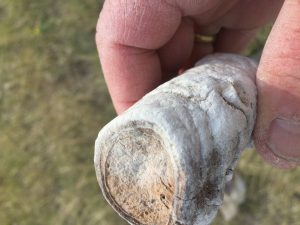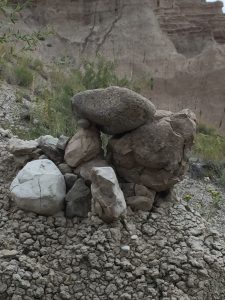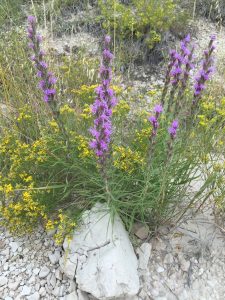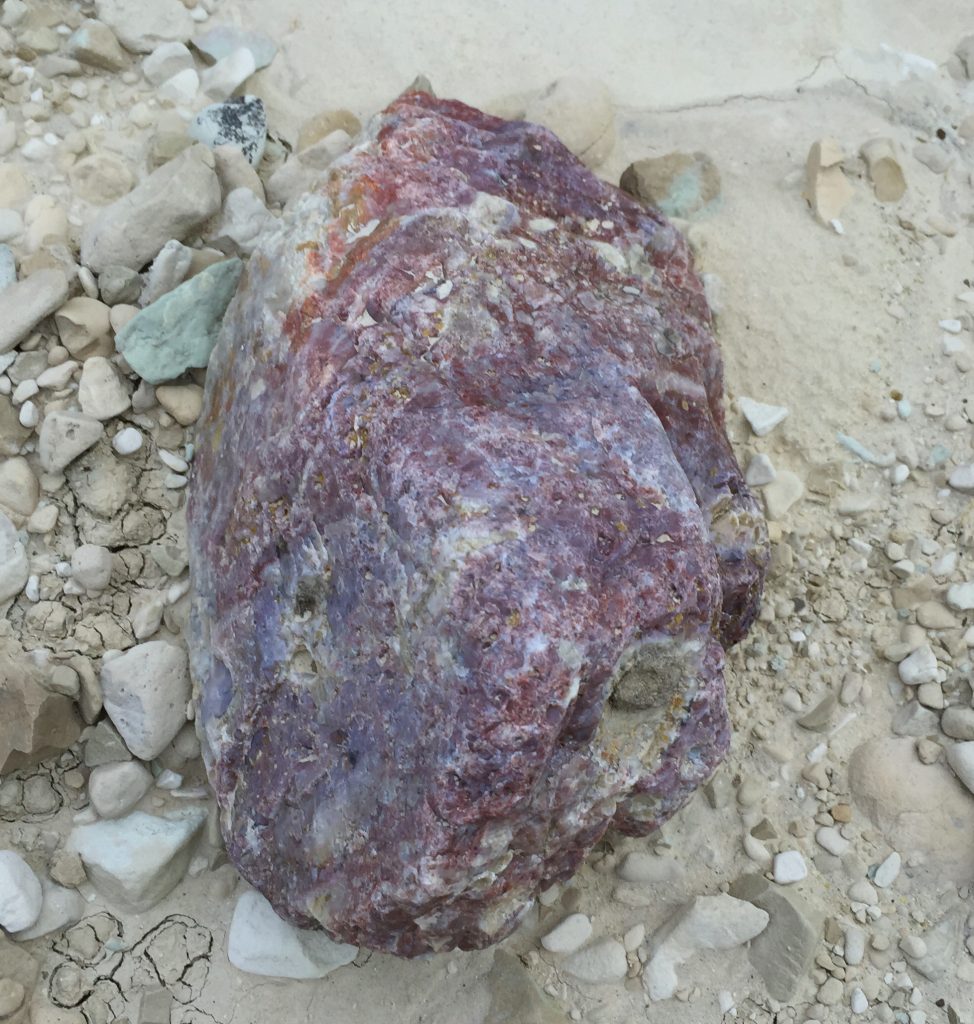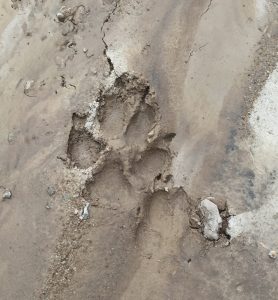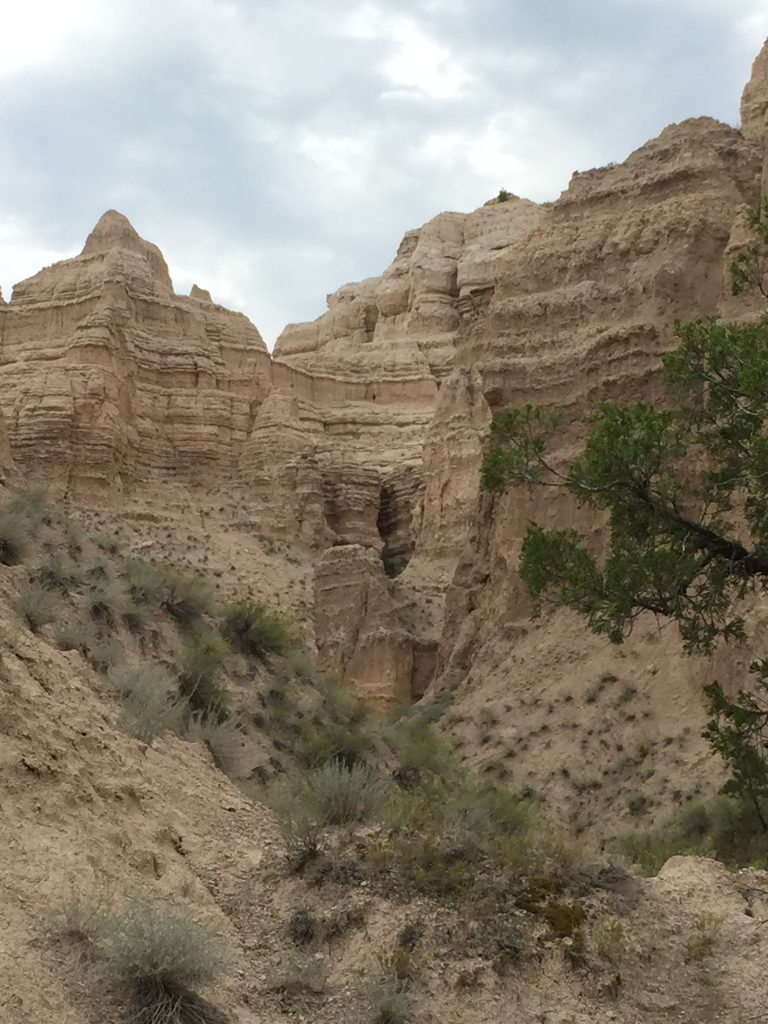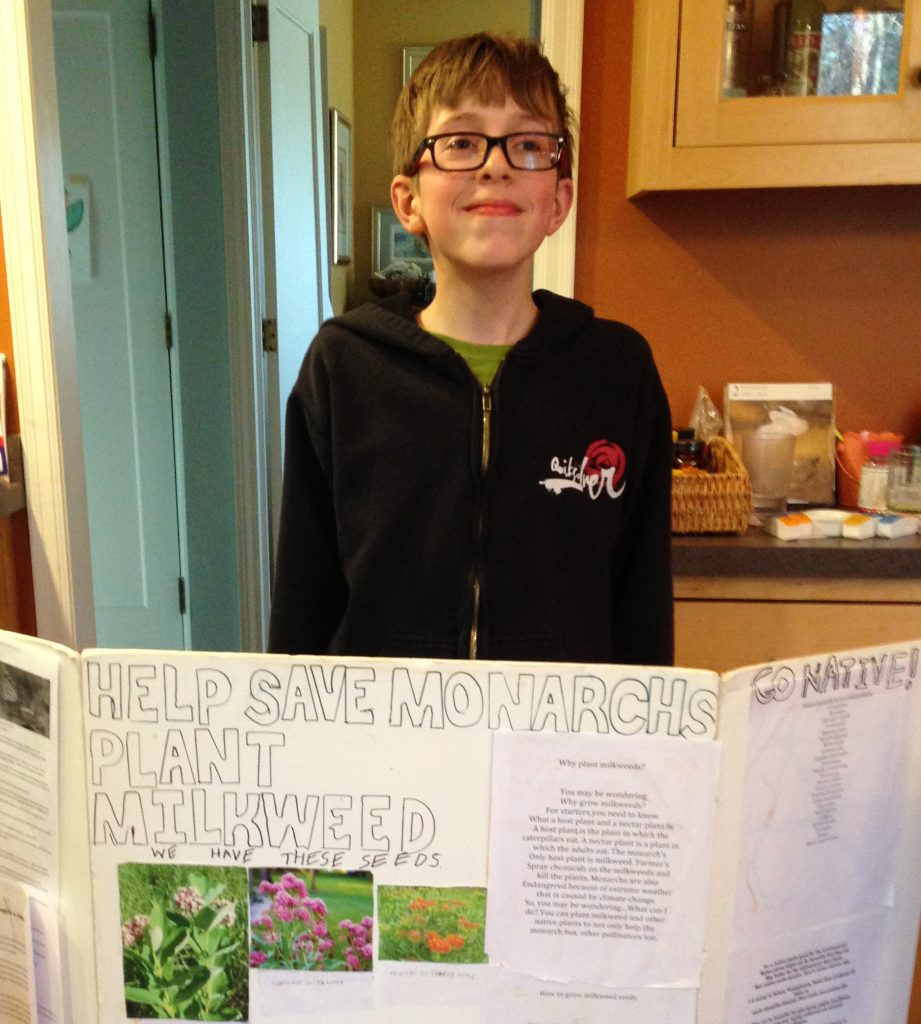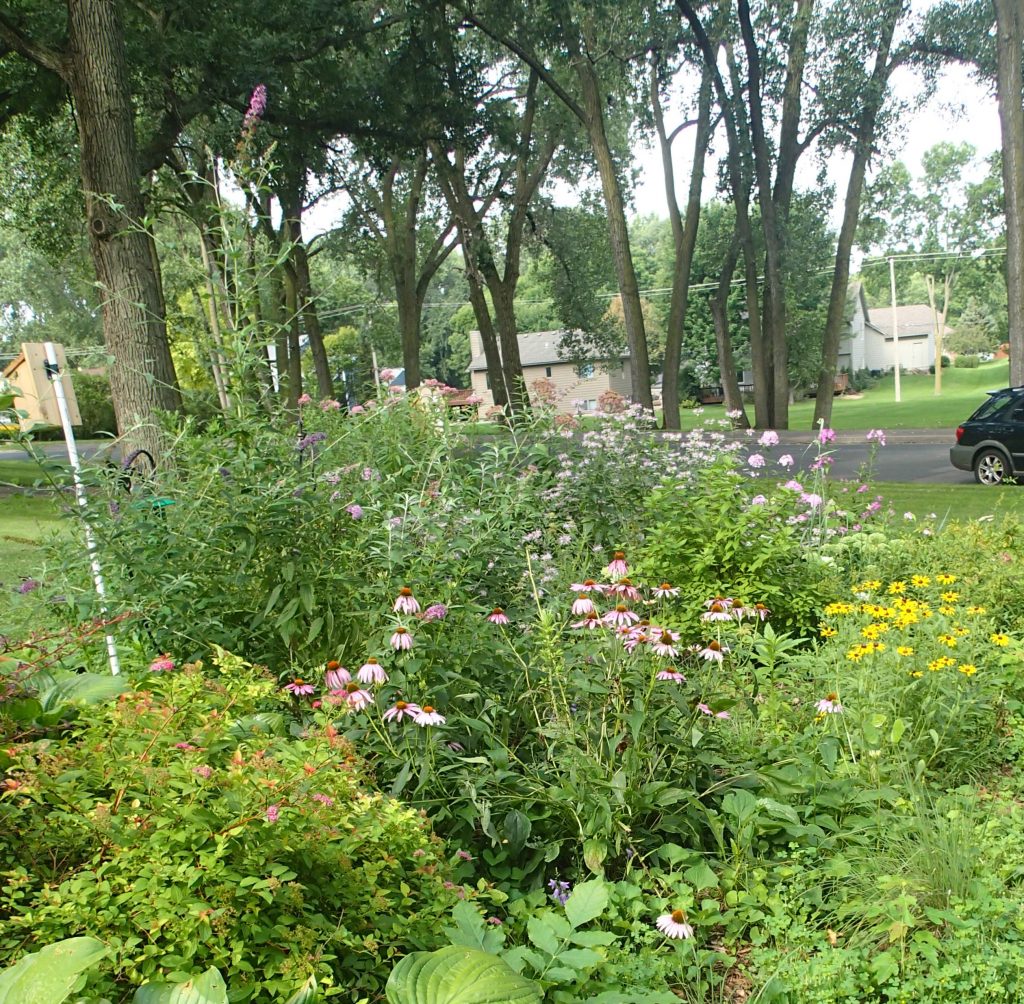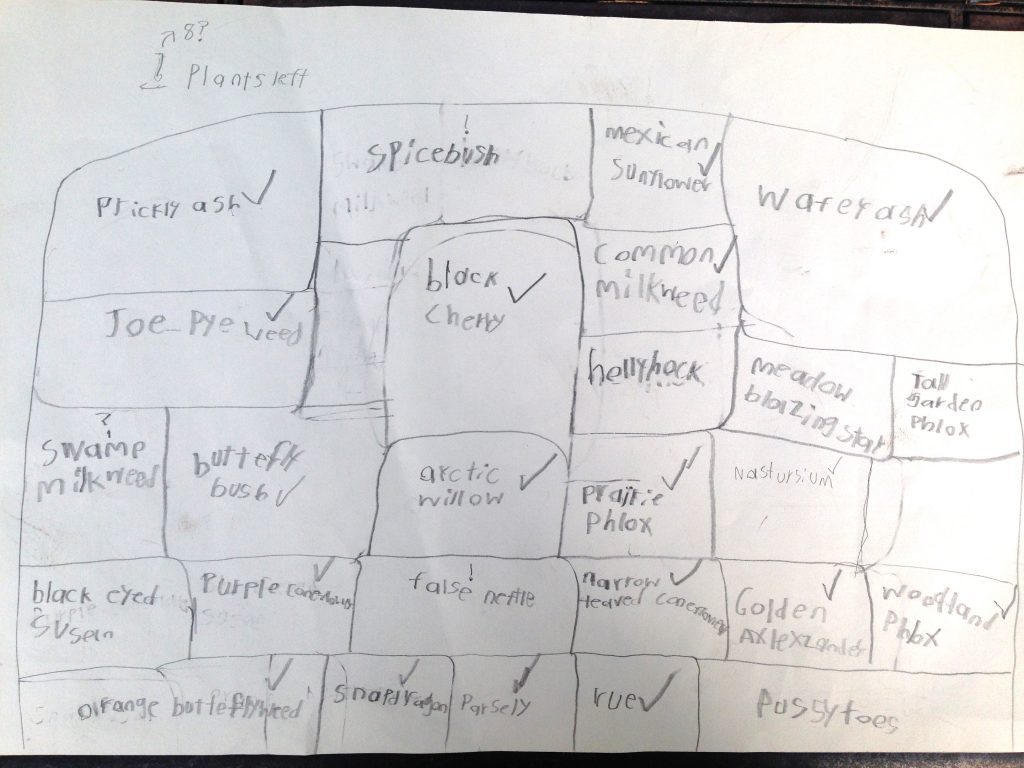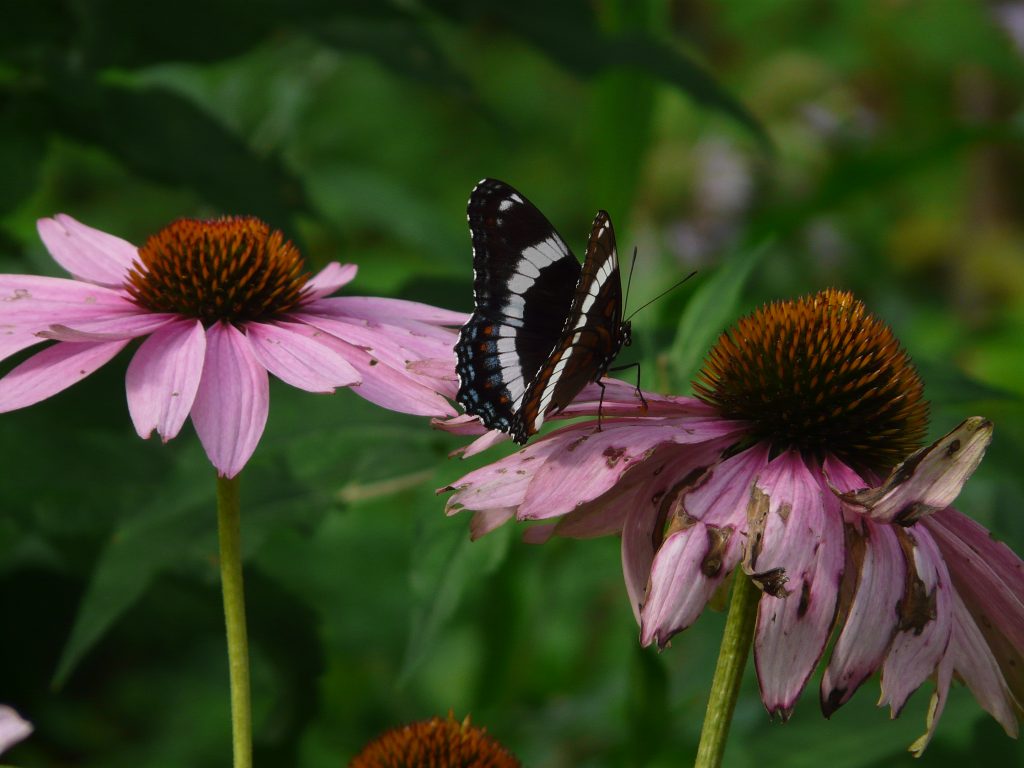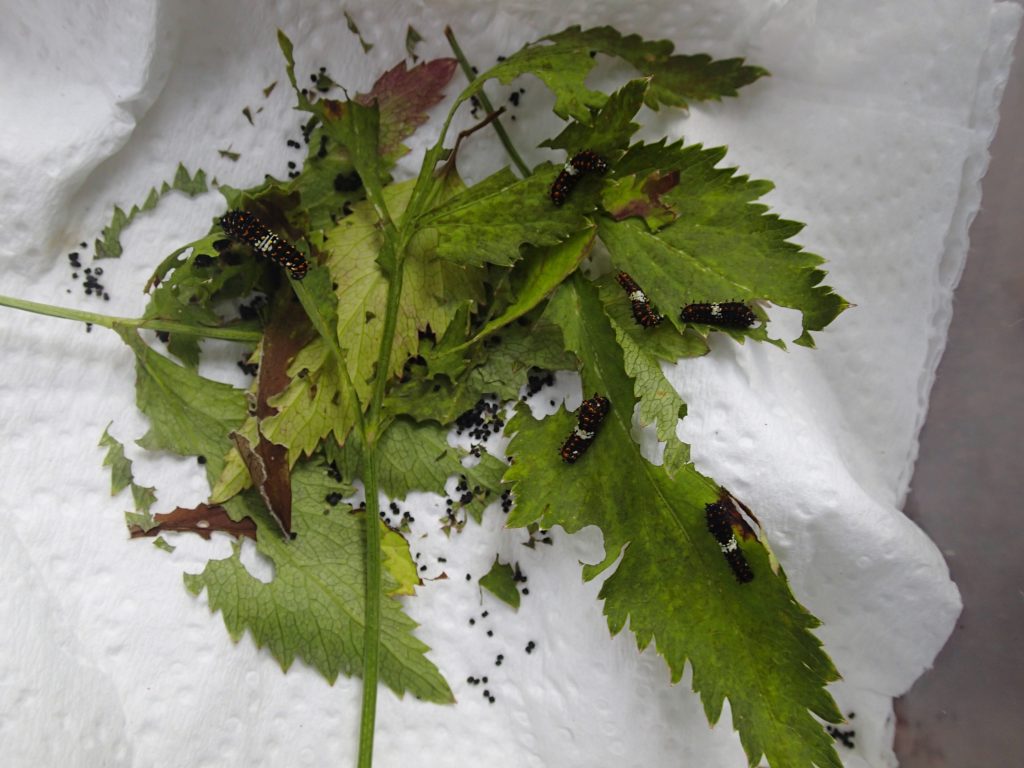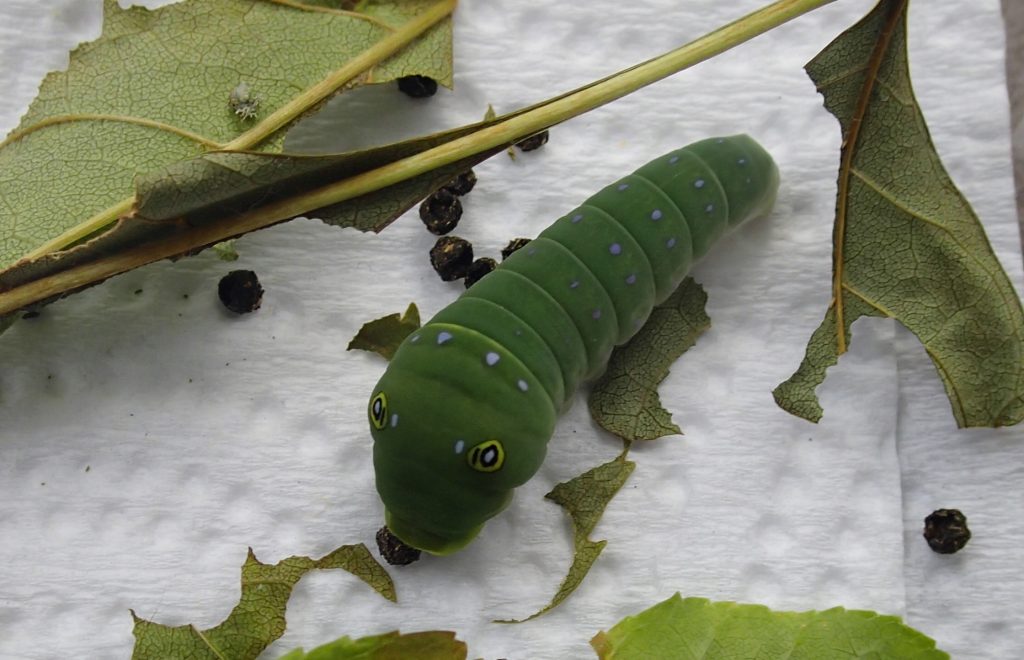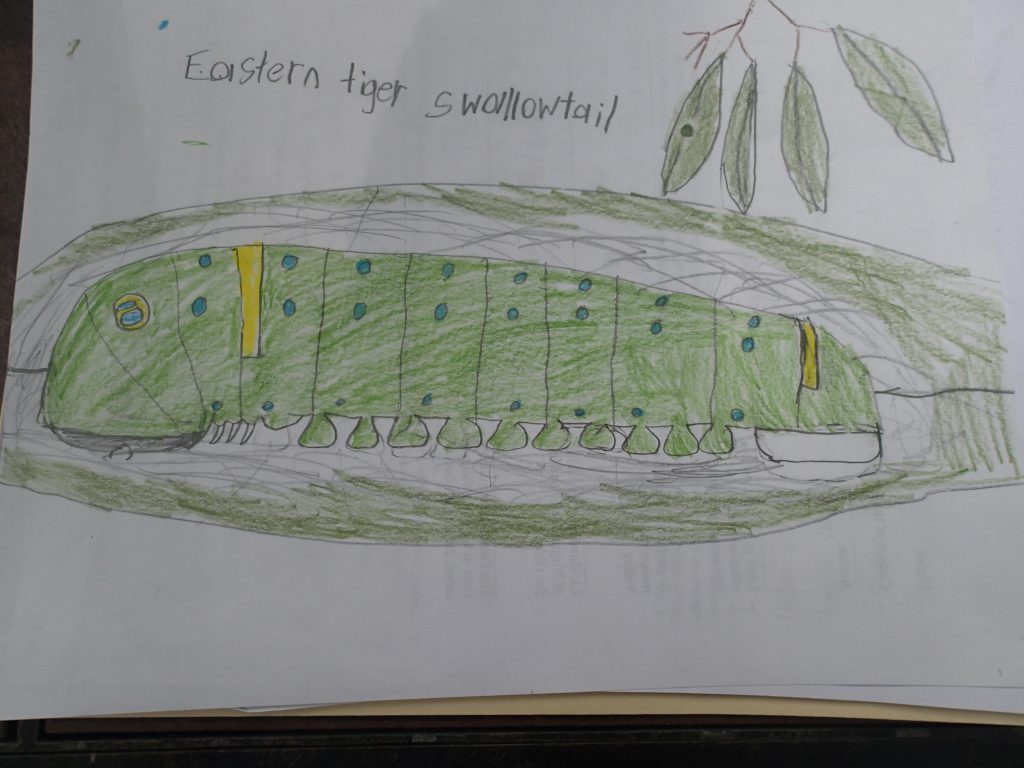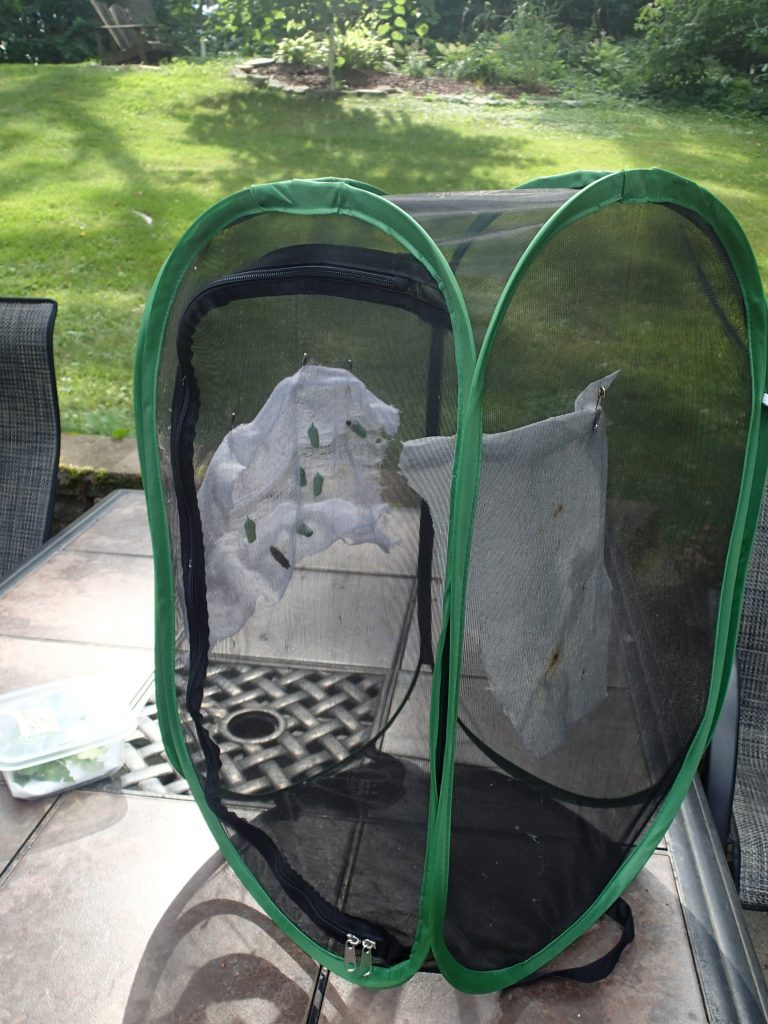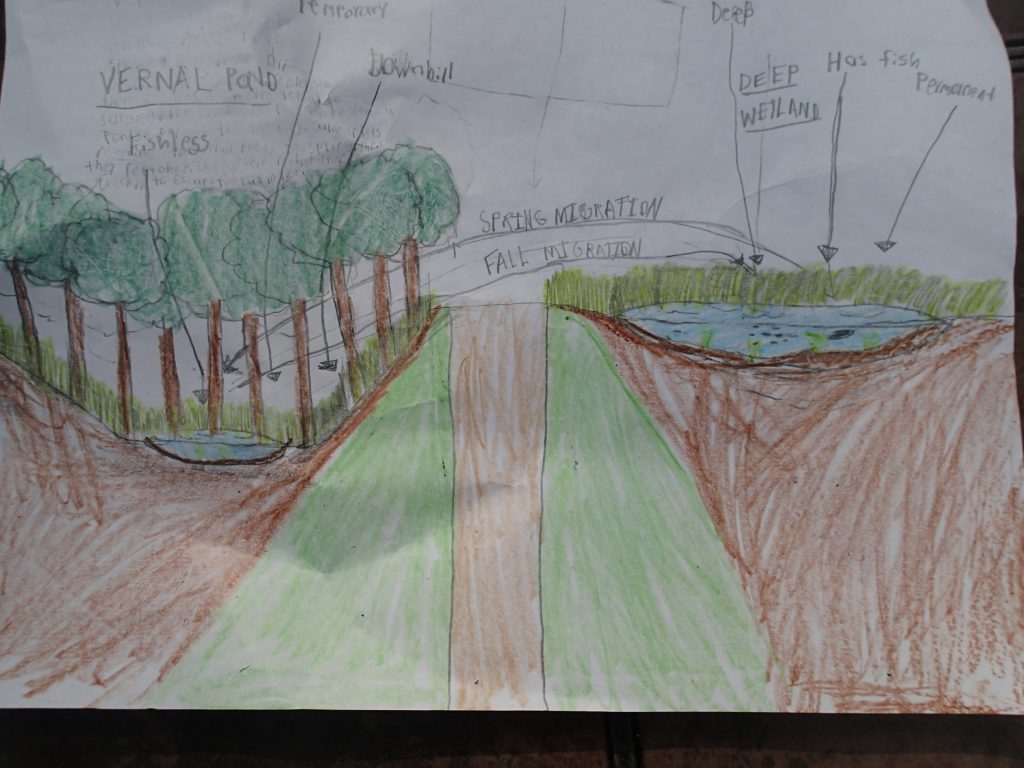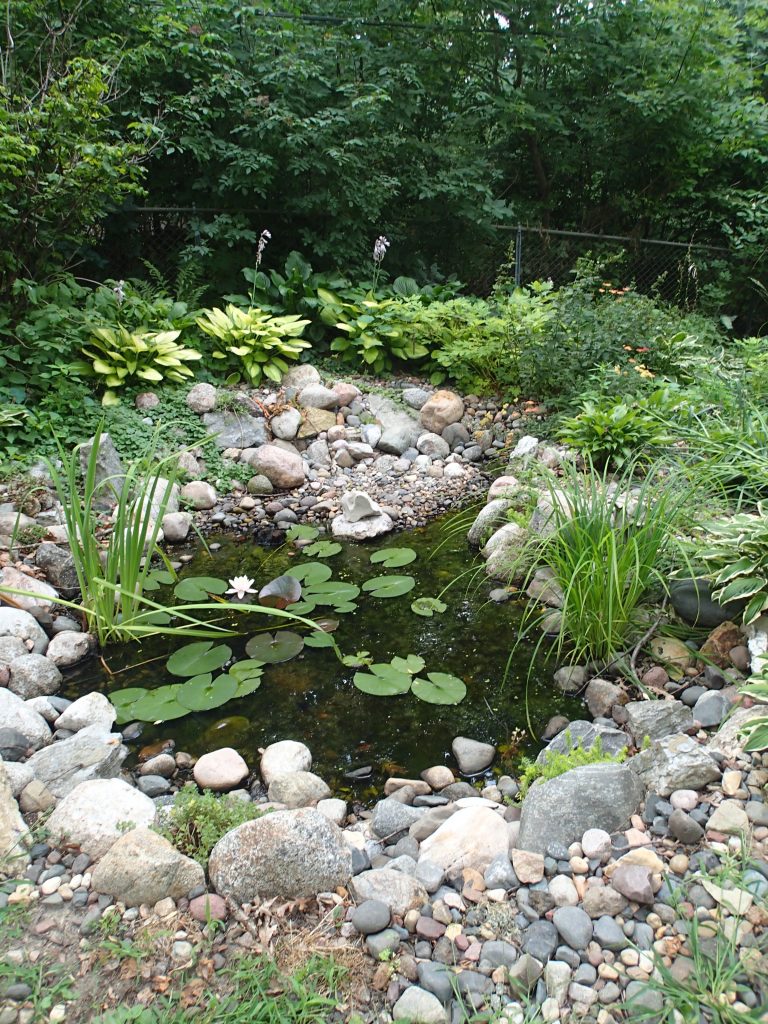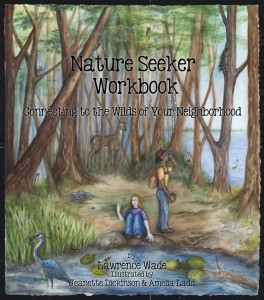This is the first in a series of postings about our relationships with the land and the wild places that are in our hearts. Through text and photographs, Dale Antonson shares with readers his connection with Nerstrand Woods.
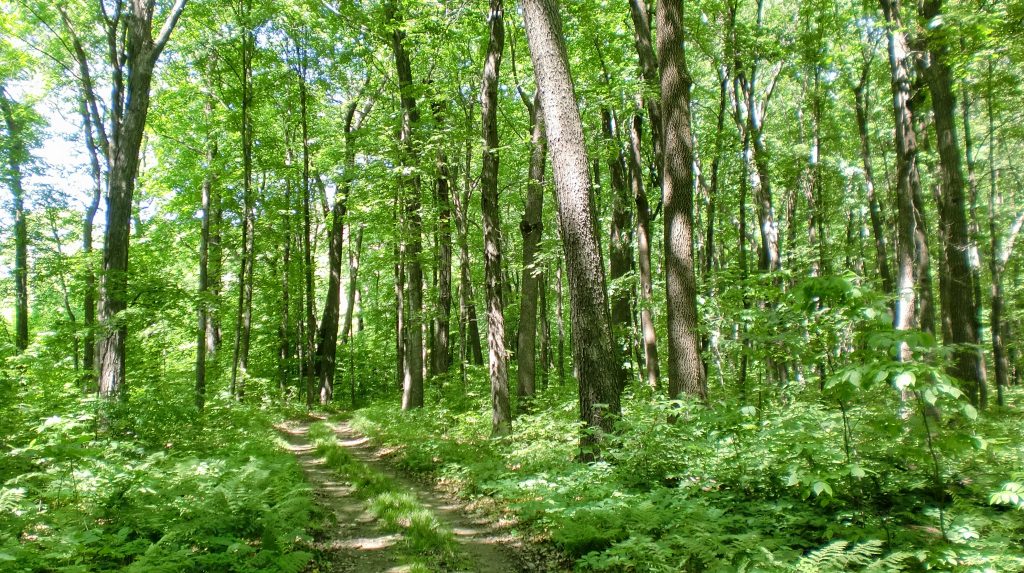
The path through these woods leads back to myself.
When I need to replenish and tune back into Nature, Nerstrand Big Woods State Park is one destination that is an hour away, just south of the Twin Cities.
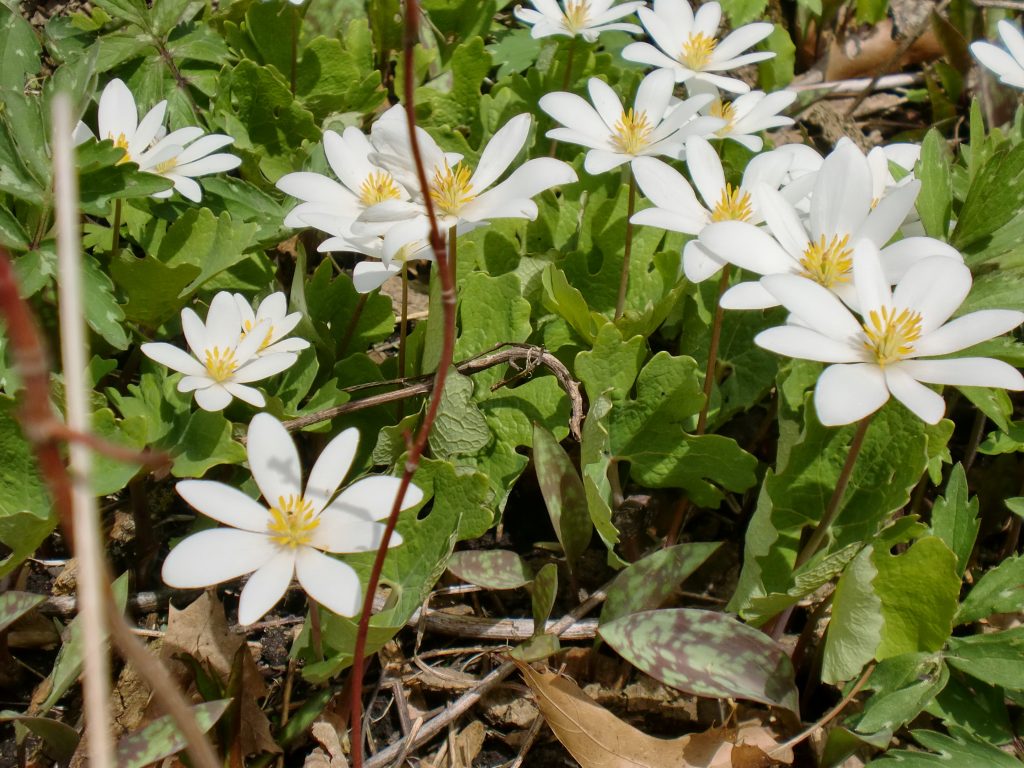 Bloodroot is a true harbinger of spring. This plant has been a Native American cure-all for centuries.
Bloodroot is a true harbinger of spring. This plant has been a Native American cure-all for centuries.
The 1,280 acre park is representative of the forests in south central MN in the early 1800’s. Contained within the park are basswood, ironwood, sugar maple, elm and ash. I am grateful to have this place to reflect and absorb the scenic beauty of the earth’s landscape before the Industrial Revolution.
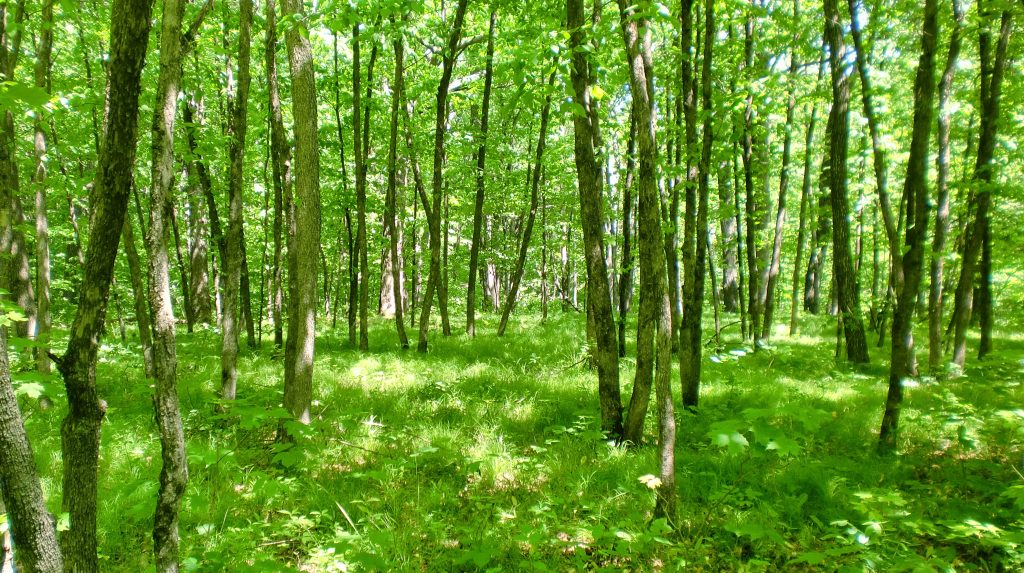 This is a quiet knoll of ironwood trees I carry in my heart.
This is a quiet knoll of ironwood trees I carry in my heart.
The topography of the park includes both flat and hilly terrain for hiking. Prairie Creek runs through the heart of the park and has carved through the glacial drift over the centuries to the underlying layer of limestone. Hidden Falls, accessible from the main parking area is a popular place to see this exposed layer of limestone formed 500 million years ago during the Ordovician Period.
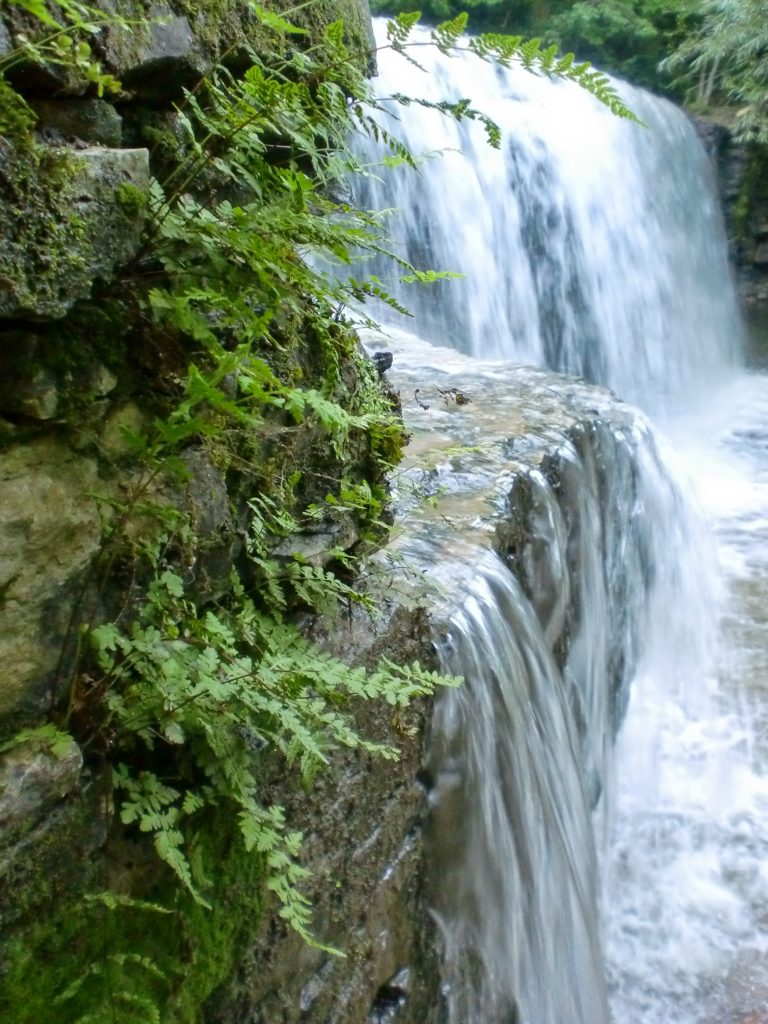 Snow melt and heavy rainfall directly impacts water flow at Hidden falls
Snow melt and heavy rainfall directly impacts water flow at Hidden falls
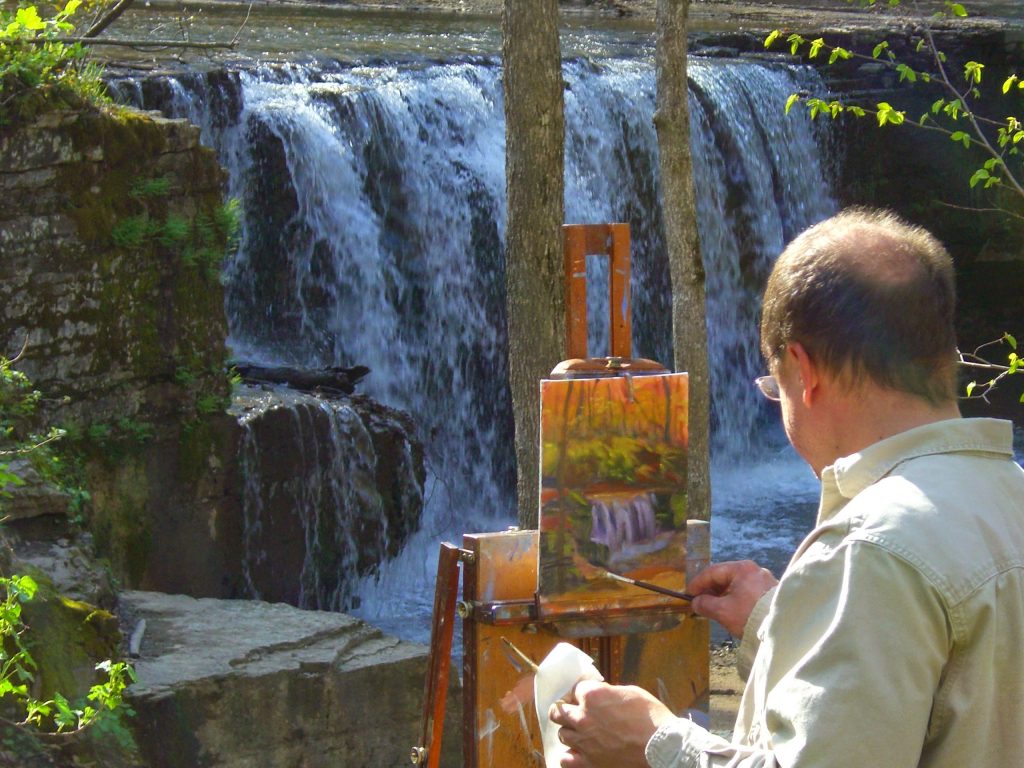 Northfield Pleine Aire painter, Mark Daehlin, captures some of the magic light of Hidden Falls
Northfield Pleine Aire painter, Mark Daehlin, captures some of the magic light of Hidden Falls
There are over 50 varieties of wildflowers within the park, many seen along the stepped path down to Hidden Falls. Technically, these wildflowers are called spring woodland ephemeral species. Their quick lifespan requires that they flower early in the spring when sunlight hits the woodland floor before the canopy of the trees high overhead has fully developed and filled in. The flowers fade quickly and the foliage will go into total dormancy by mid-summer. Prime viewing is late April to early May and weather dependent. There are some areas of the woods that are breathtaking, carpeted with blooming trout lilies. In summer there are later blooming varieties.
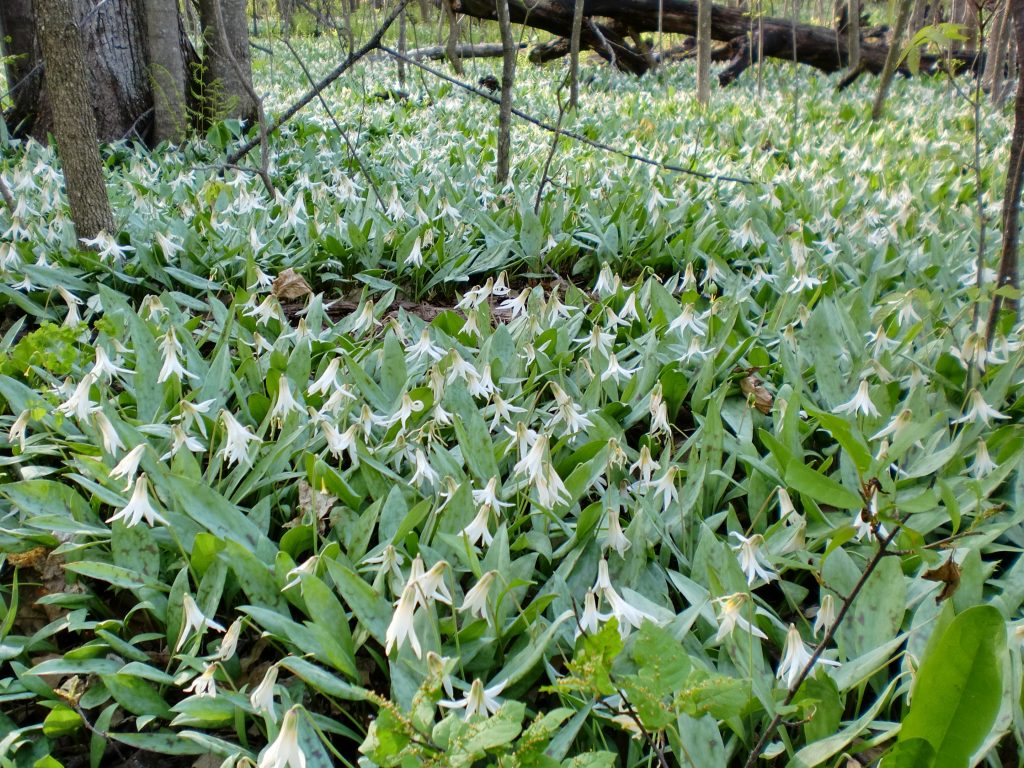
Trout lily
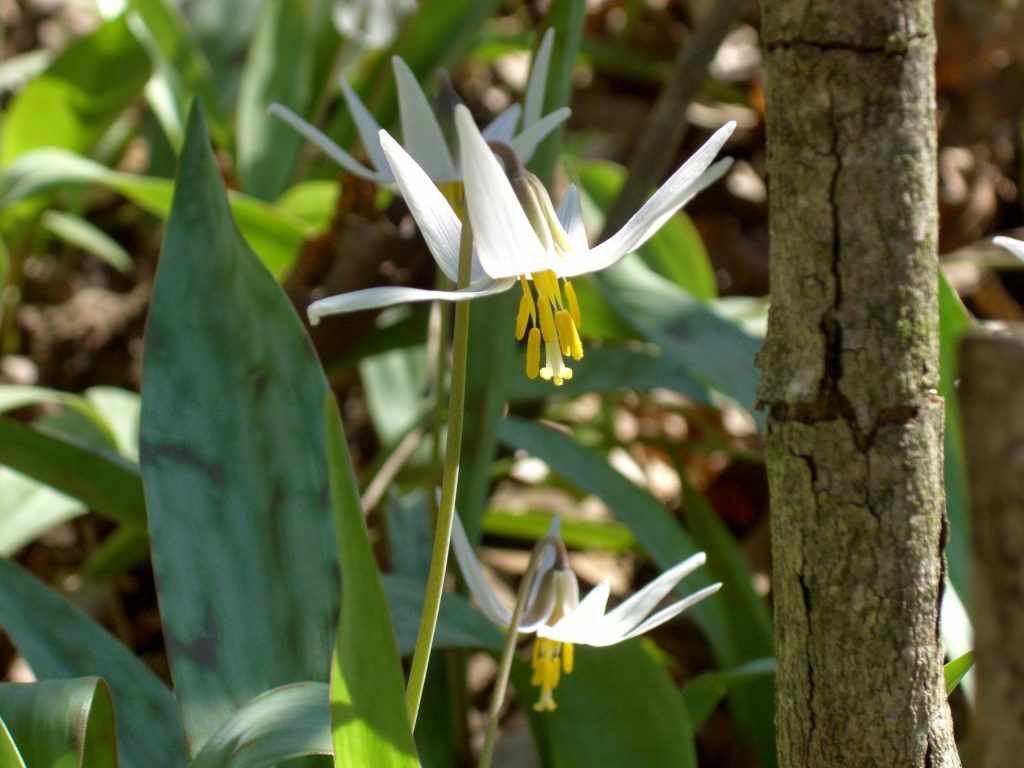 Trout lilies get their name by their fish shaped speckled foliage
Trout lilies get their name by their fish shaped speckled foliage
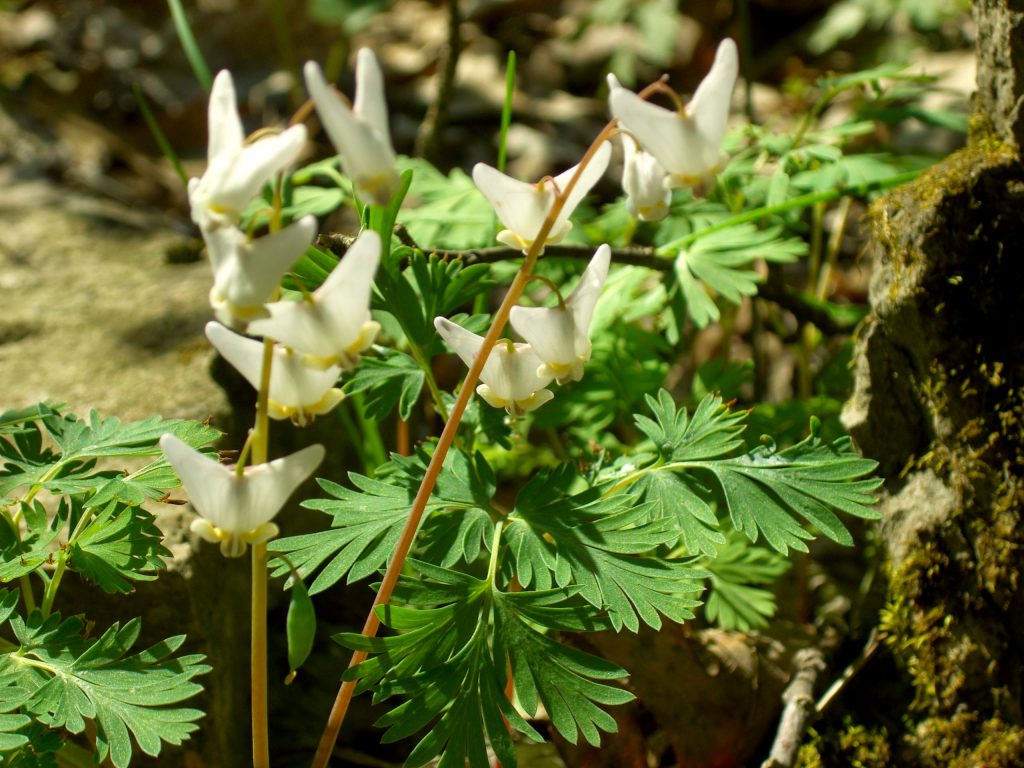 Dutchman’s Britches – A true spring woodland ephemeral species. “White pants” suspended over fern-like foliage.
Dutchman’s Britches – A true spring woodland ephemeral species. “White pants” suspended over fern-like foliage.
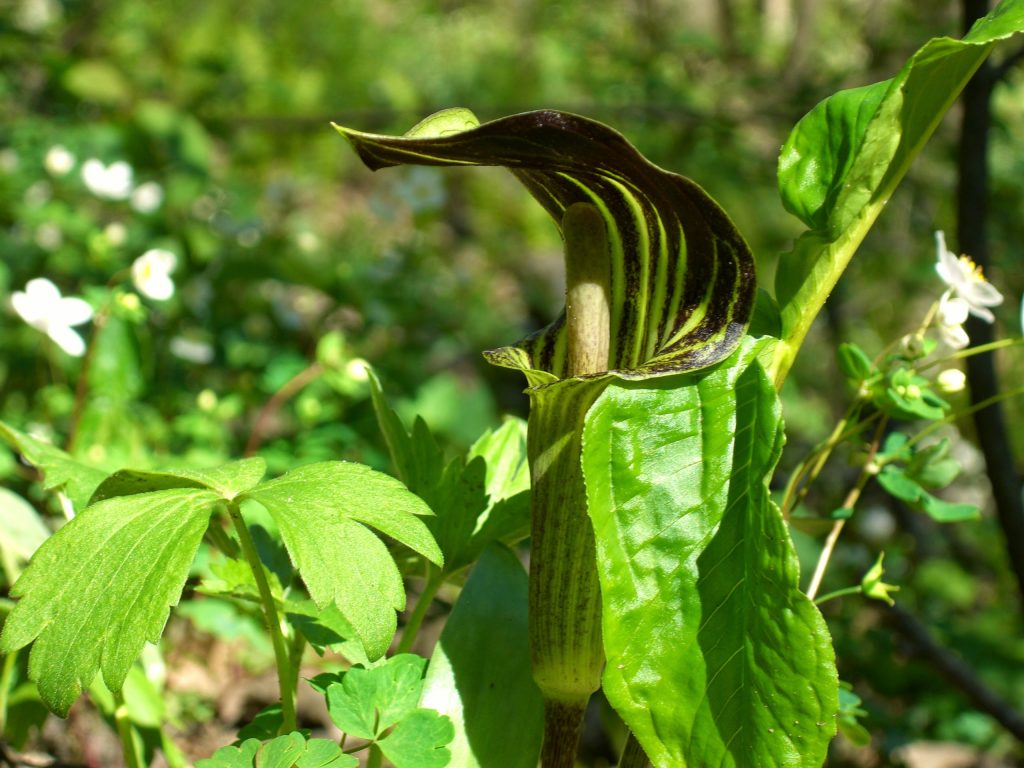 Jack-in-the-Pulpit – This exotic flower transforms into a cluster of red berries in the fall.
Jack-in-the-Pulpit – This exotic flower transforms into a cluster of red berries in the fall.
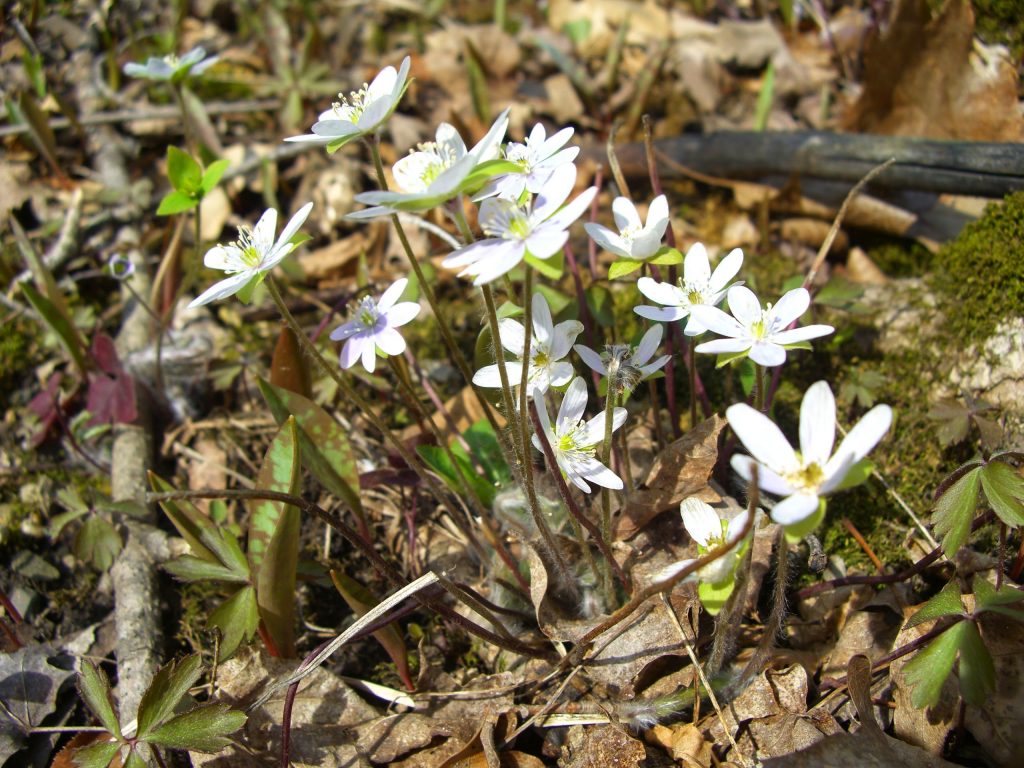 Hepatica – What a thrill to encounter the quiet beauty of this spring gem, heralding the beginning of this new season of growth.
Hepatica – What a thrill to encounter the quiet beauty of this spring gem, heralding the beginning of this new season of growth.
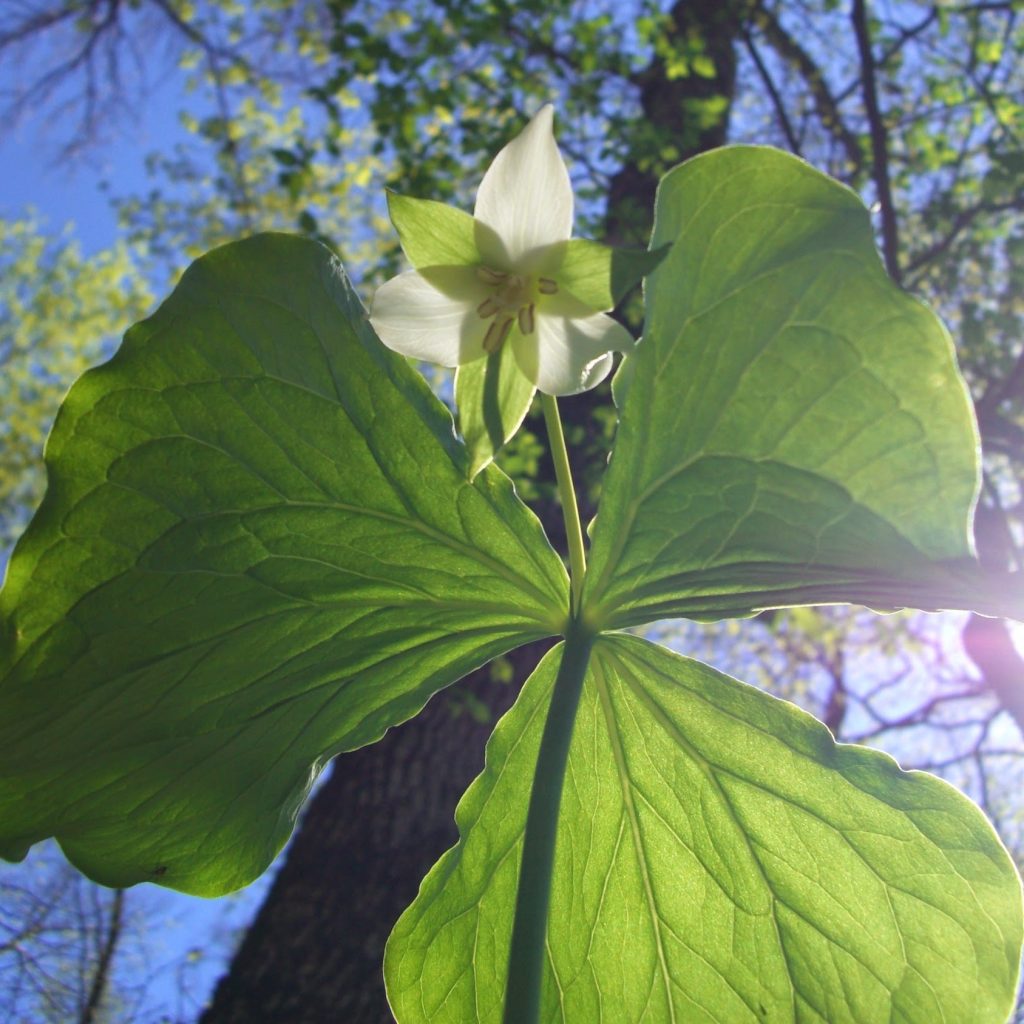 Trillium – The “tri” in trillium means three and refers to trillum’s three leaf pattern and the three petals on its flower.
Trillium – The “tri” in trillium means three and refers to trillum’s three leaf pattern and the three petals on its flower.
In the Big Woods, Nature provides you with an opportunity to immerse yourself into something far greater than yourself. In Japan this is called “Forest Bathing’. I came across this phrase and it properly describes this experience for me. You are literally immersed in a 360 degree panorama of life forms far beyond count.
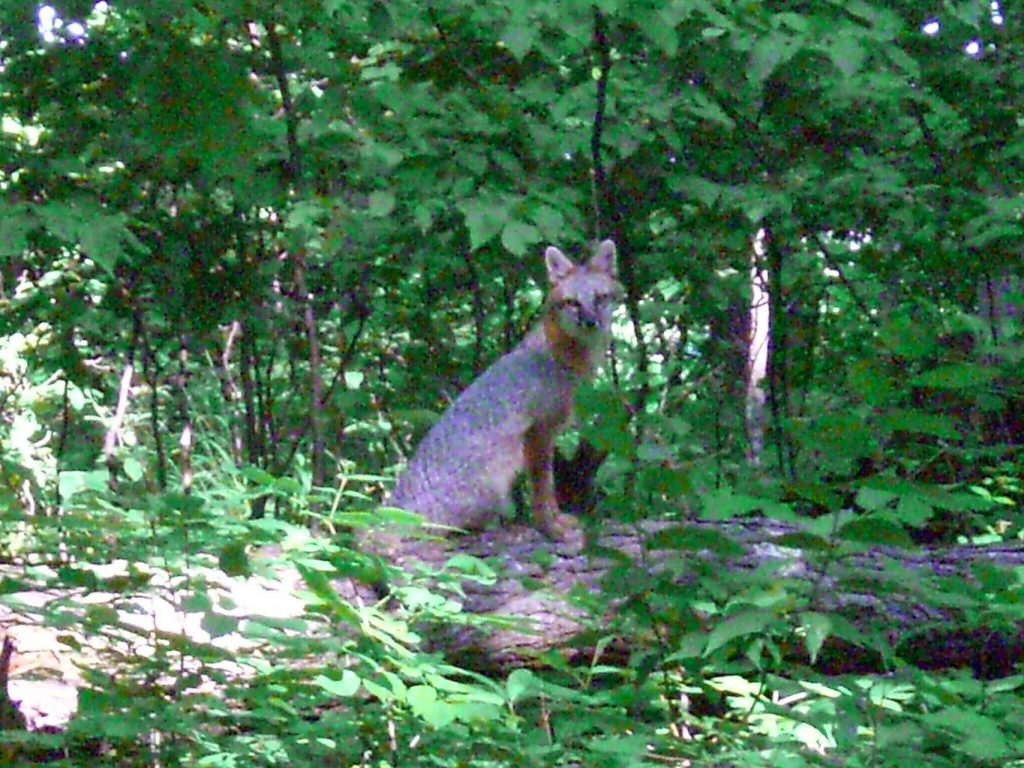 On one hike with my dog we encountered this female gray fox. She was as curious about us as we were of her.
On one hike with my dog we encountered this female gray fox. She was as curious about us as we were of her.
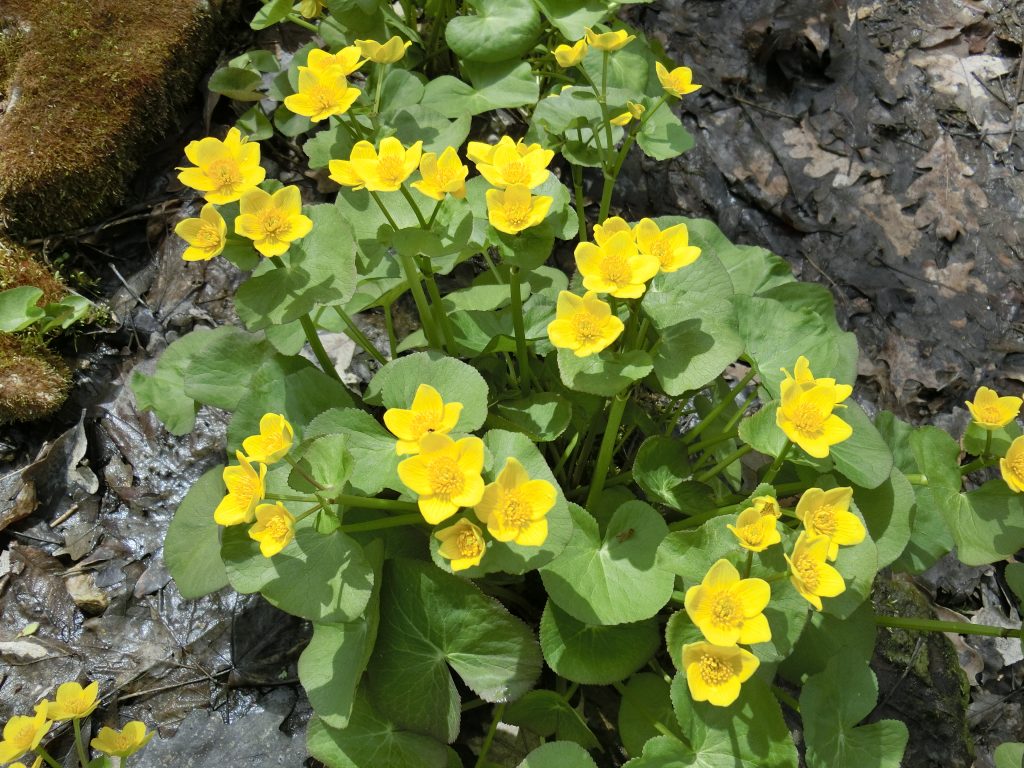 Marsh Marigold grows along Prairie Creek where the exposed limestone and natural springs join forces.
Marsh Marigold grows along Prairie Creek where the exposed limestone and natural springs join forces.
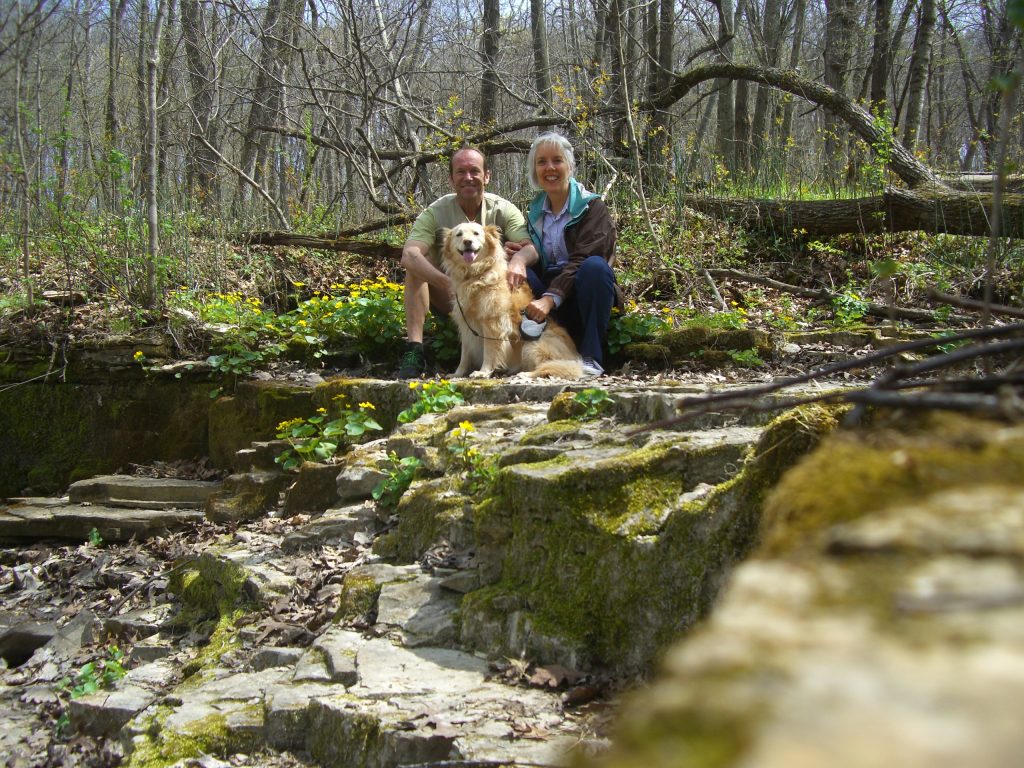 Lyndra, Dale and Jessie are captured in the exposed limestone outcrop along Prairie Creek.
Lyndra, Dale and Jessie are captured in the exposed limestone outcrop along Prairie Creek.
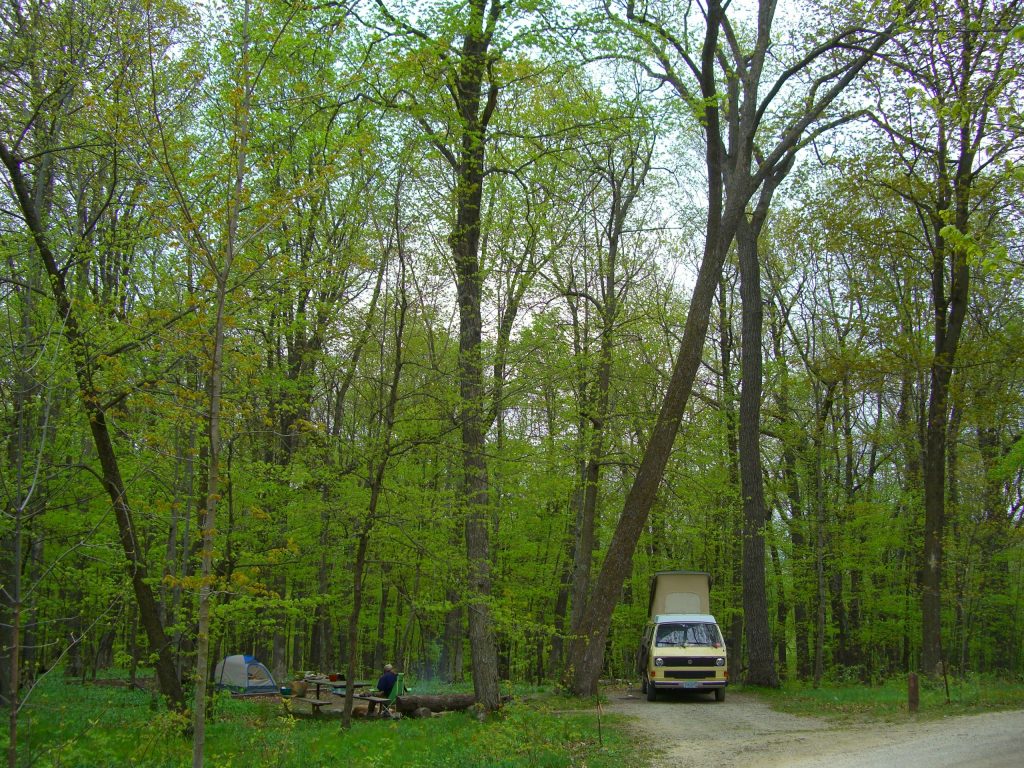 Whether I’m camping there or just hiking through for the day, the Big Woods always enriches my soul.
Whether I’m camping there or just hiking through for the day, the Big Woods always enriches my soul.

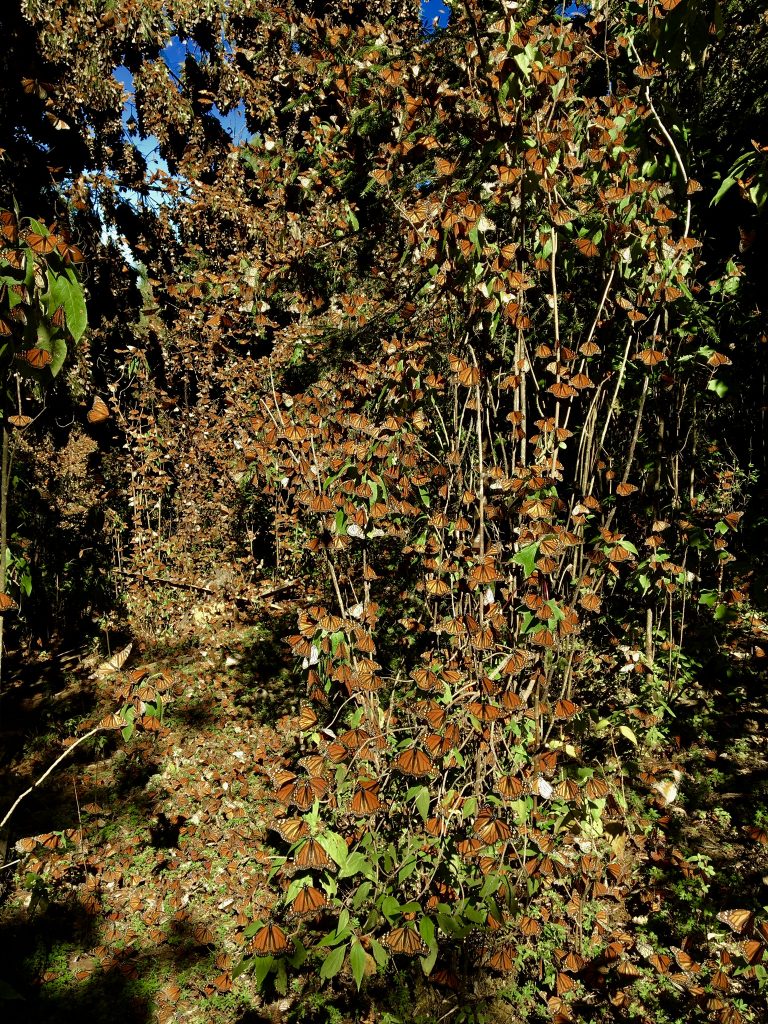


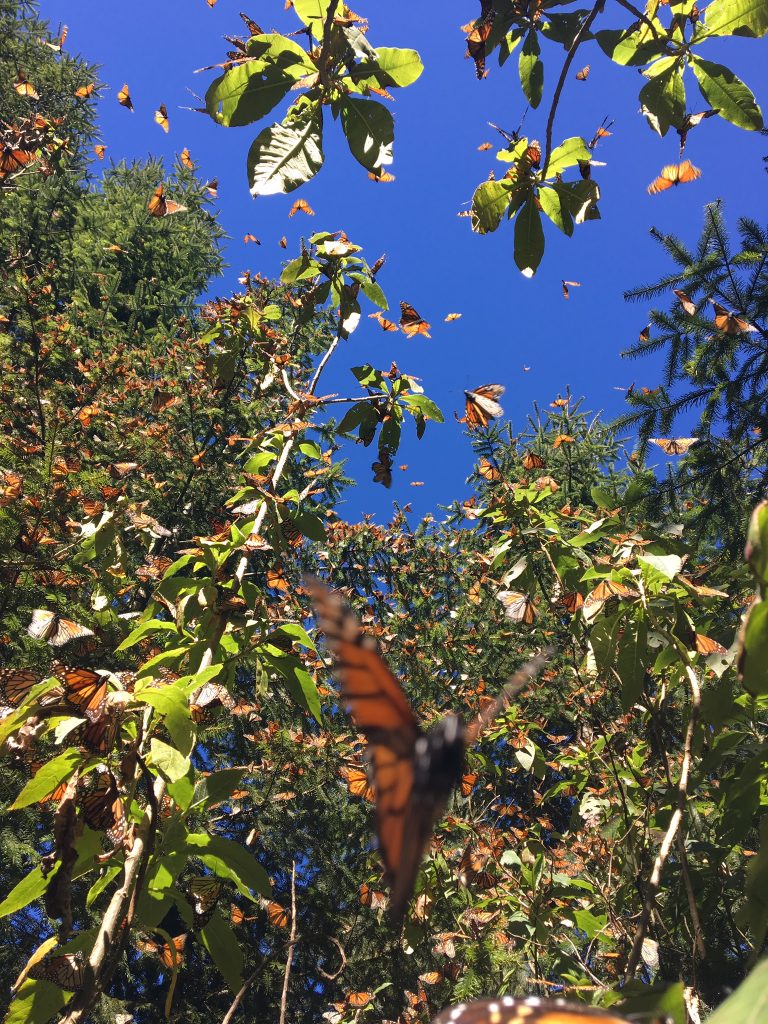 Like many parts of Mexico, the economy is not great, and finding work and making a decent living wage is very difficult here. The butterflies bring the tourists, and the tourists in turn, bring the resulting jobs for some of the locals. But the forests bring other economic opportunity as well: in the form of deforestation. And so there is always an element of competition between the two. Over the years, the effects of deforestation and climate change have begun to impact the butterfly populations and the area has seen a decline in Monarch populations that migrate to the area each year.
Like many parts of Mexico, the economy is not great, and finding work and making a decent living wage is very difficult here. The butterflies bring the tourists, and the tourists in turn, bring the resulting jobs for some of the locals. But the forests bring other economic opportunity as well: in the form of deforestation. And so there is always an element of competition between the two. Over the years, the effects of deforestation and climate change have begun to impact the butterfly populations and the area has seen a decline in Monarch populations that migrate to the area each year.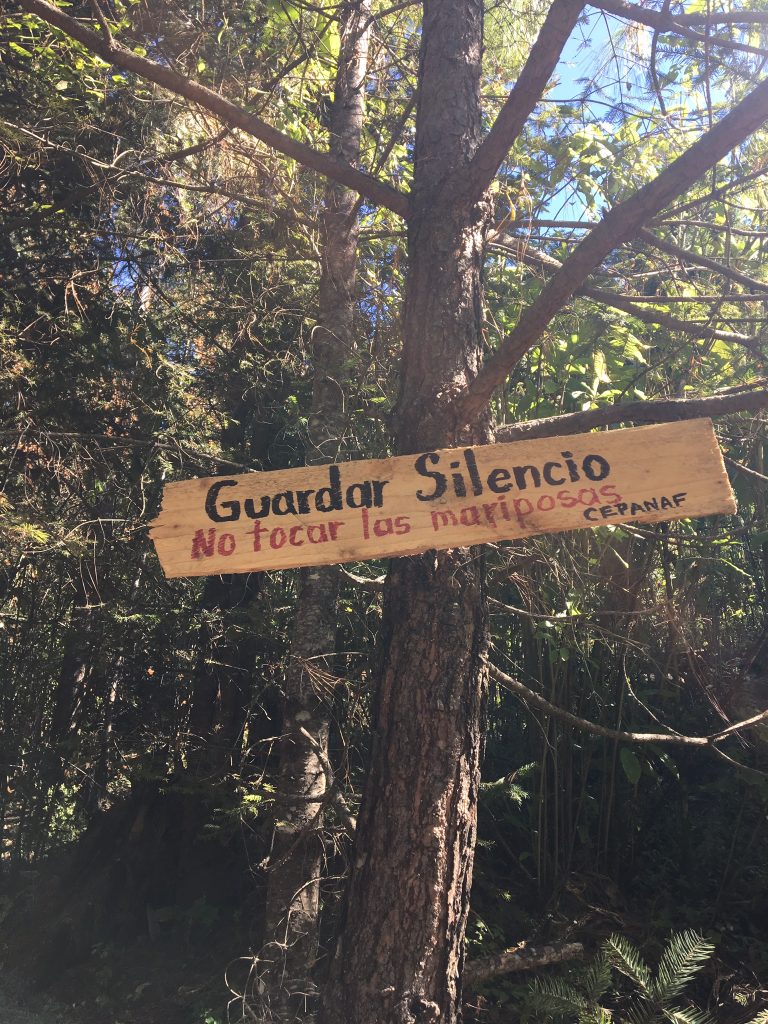 After a 2 hour bus from Puebla to Mexico City, another 2 hour bus from Mexico City to Zitacuaro, and a 30 minute taxi ride, I arrived in the small town of Macheros (population approx. 350 people). The next morning, we walked across town and met our guides and horses. The only way up is an extremely vigorous 2-3 hour hike if you have cardiovascular ambitions. I chose to take a horse with a guide up the dusty, rocky, steep terrain. My guide and my horse worked extremely hard to get me to the top of Cerro Pelón (the name of the mountain and one of several different sanctuaries for the butterflies in the area). The ride took about 1.5 hours.
After a 2 hour bus from Puebla to Mexico City, another 2 hour bus from Mexico City to Zitacuaro, and a 30 minute taxi ride, I arrived in the small town of Macheros (population approx. 350 people). The next morning, we walked across town and met our guides and horses. The only way up is an extremely vigorous 2-3 hour hike if you have cardiovascular ambitions. I chose to take a horse with a guide up the dusty, rocky, steep terrain. My guide and my horse worked extremely hard to get me to the top of Cerro Pelón (the name of the mountain and one of several different sanctuaries for the butterflies in the area). The ride took about 1.5 hours. The impact of this experience will be with me for the rest of my life. I will never forget the sound of a million butterfly wings, the smell of the fresh earth and pine needles, the touch of the butterfly legs on my hands and forehead, and the sights of the Mariposas Monarcas that are now permanently etched in my memory. What an incredible gift.
The impact of this experience will be with me for the rest of my life. I will never forget the sound of a million butterfly wings, the smell of the fresh earth and pine needles, the touch of the butterfly legs on my hands and forehead, and the sights of the Mariposas Monarcas that are now permanently etched in my memory. What an incredible gift.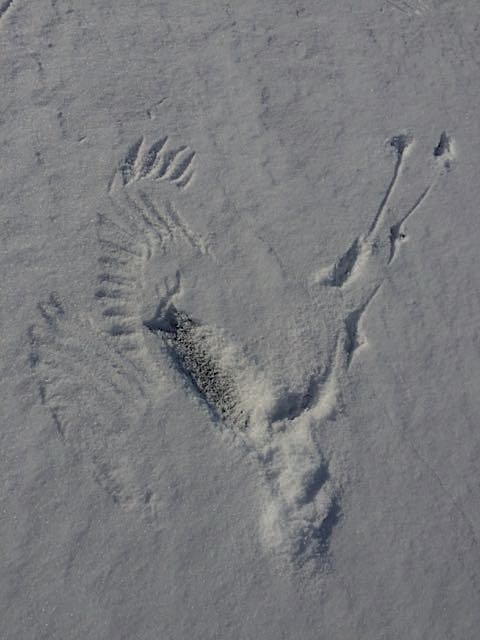
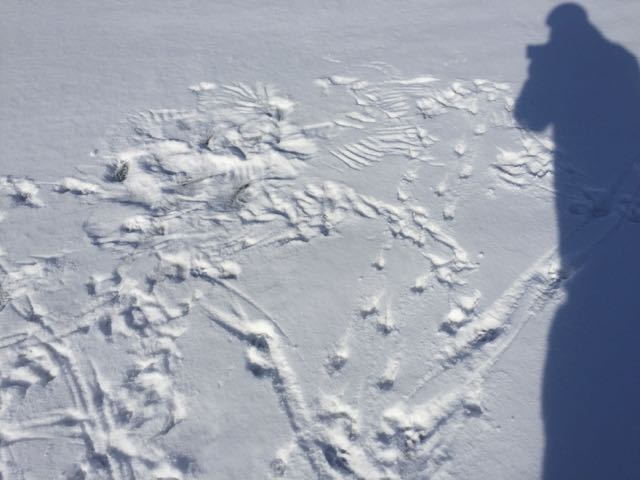 Then close by was another area stained with blood, bits of flesh and fur and the remains of a rabbit’s leg. Studying the layout I could see the pattern of the action and could graphically imagine what had taken place. There was a great struggle on the frozen lake, this is all that was left afterwards. Also I could see the tracks of the scavenging crows that moved in for the spoils.
Then close by was another area stained with blood, bits of flesh and fur and the remains of a rabbit’s leg. Studying the layout I could see the pattern of the action and could graphically imagine what had taken place. There was a great struggle on the frozen lake, this is all that was left afterwards. Also I could see the tracks of the scavenging crows that moved in for the spoils.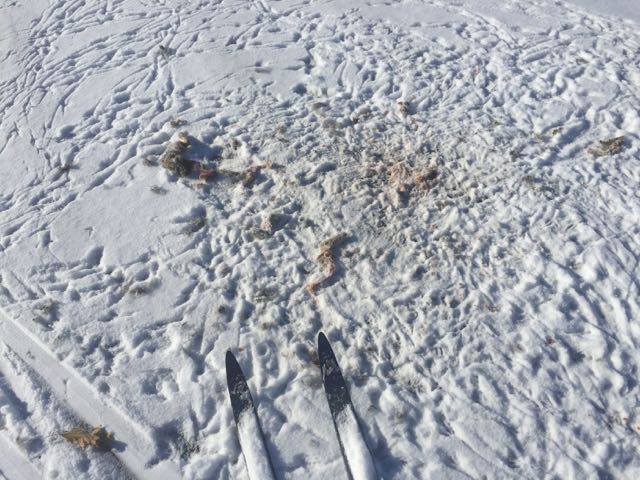
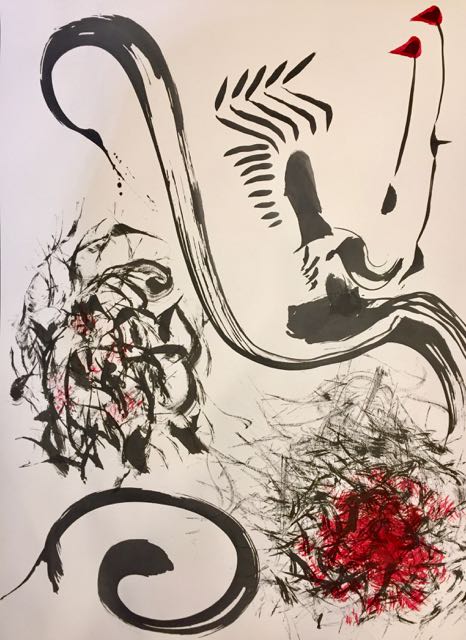

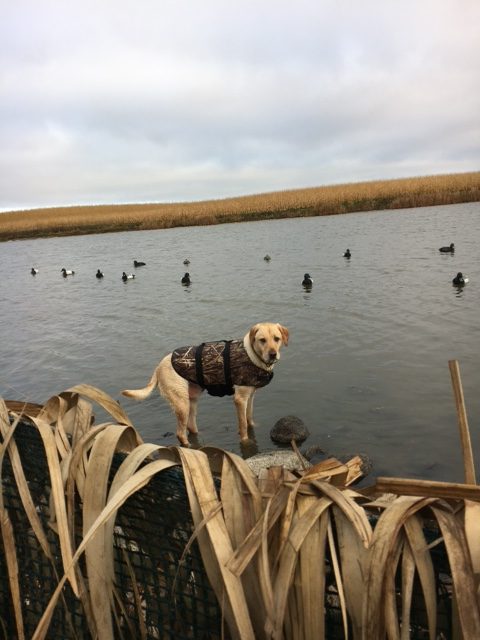


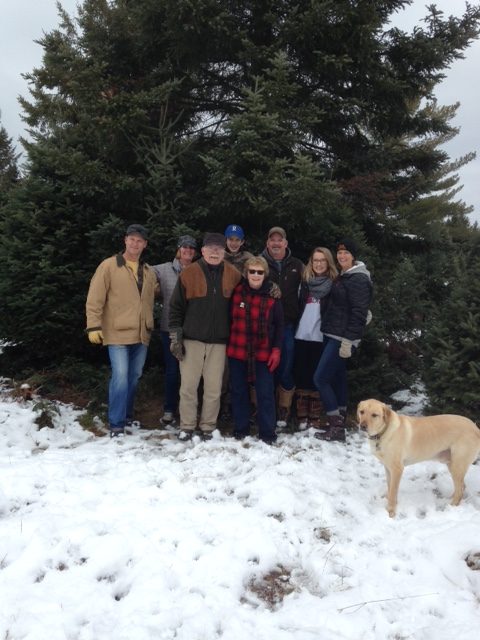
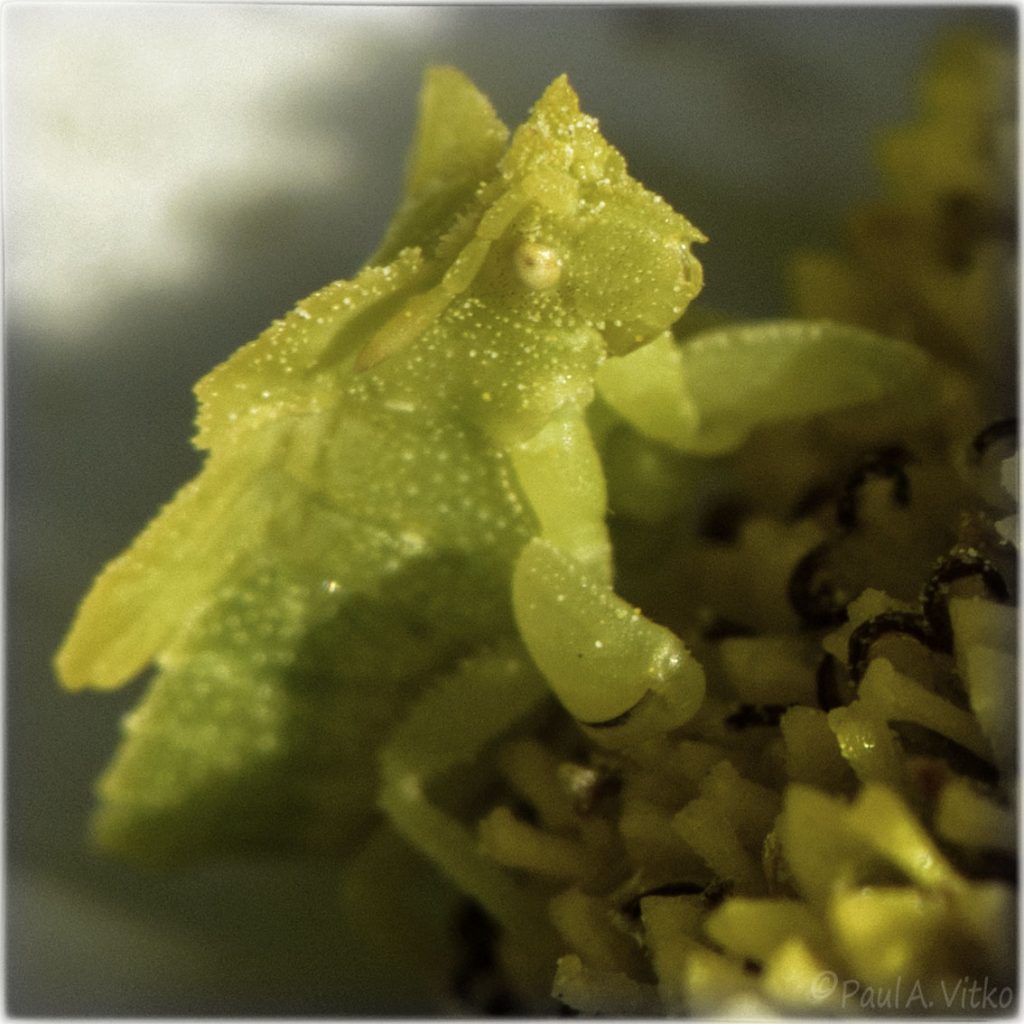
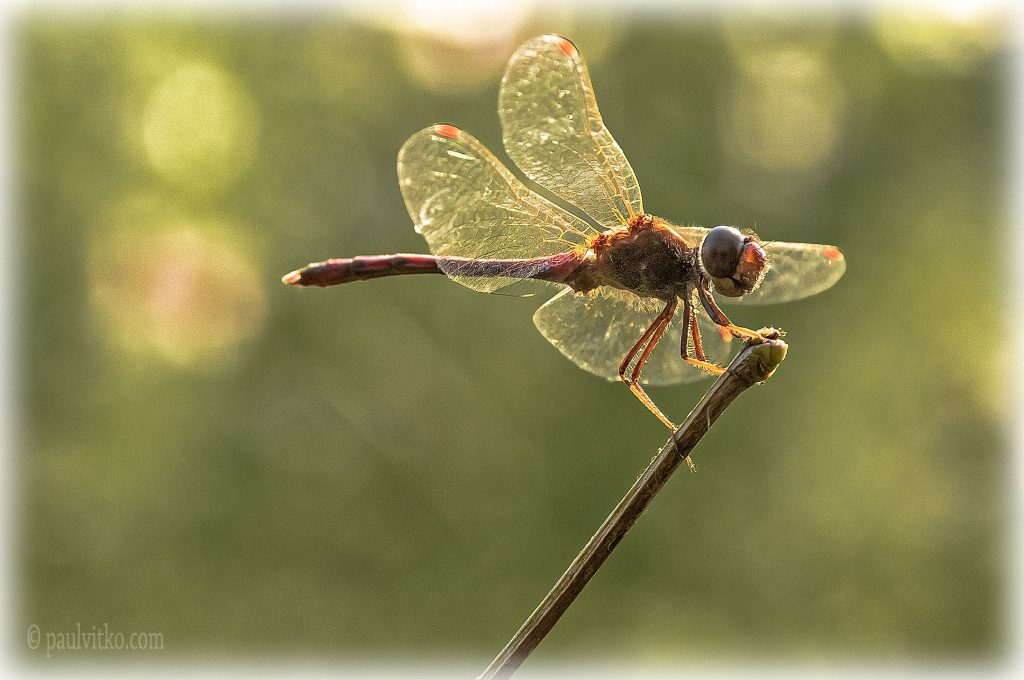
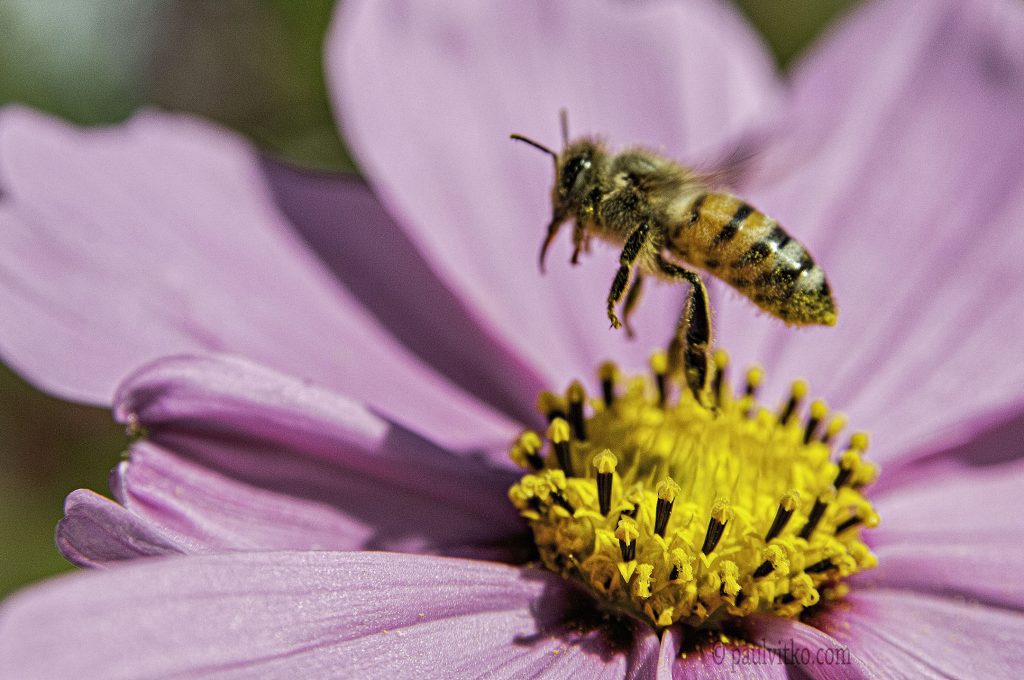
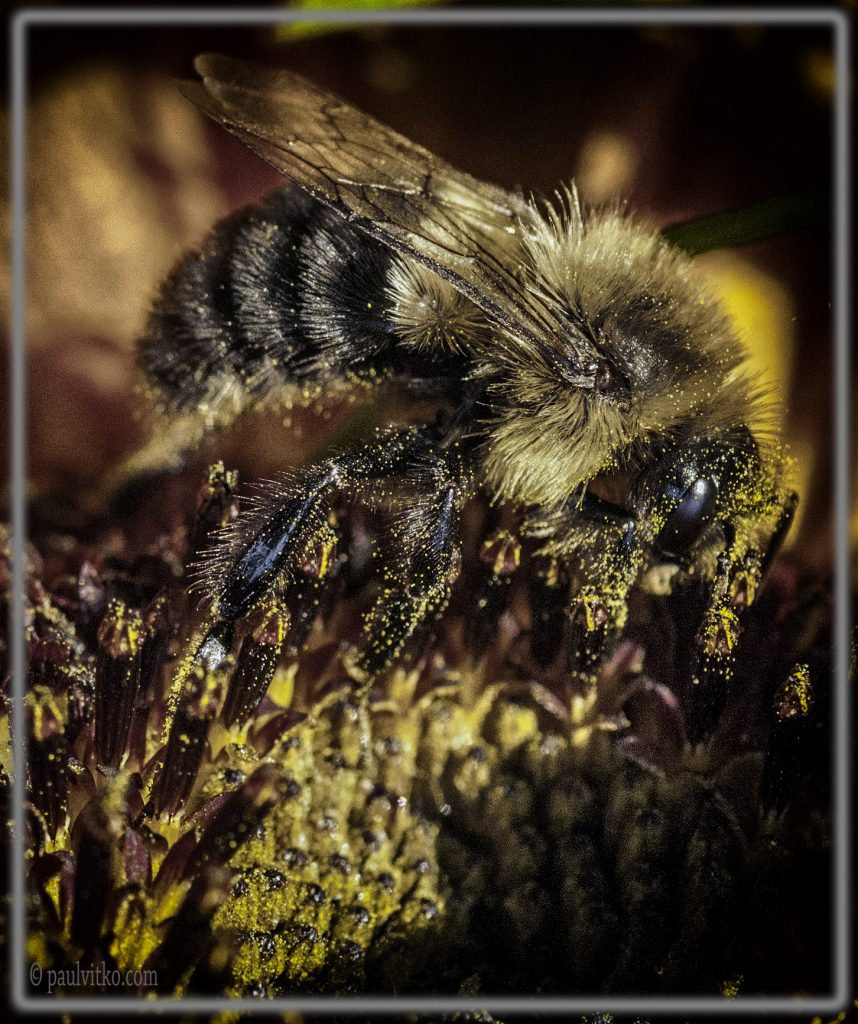
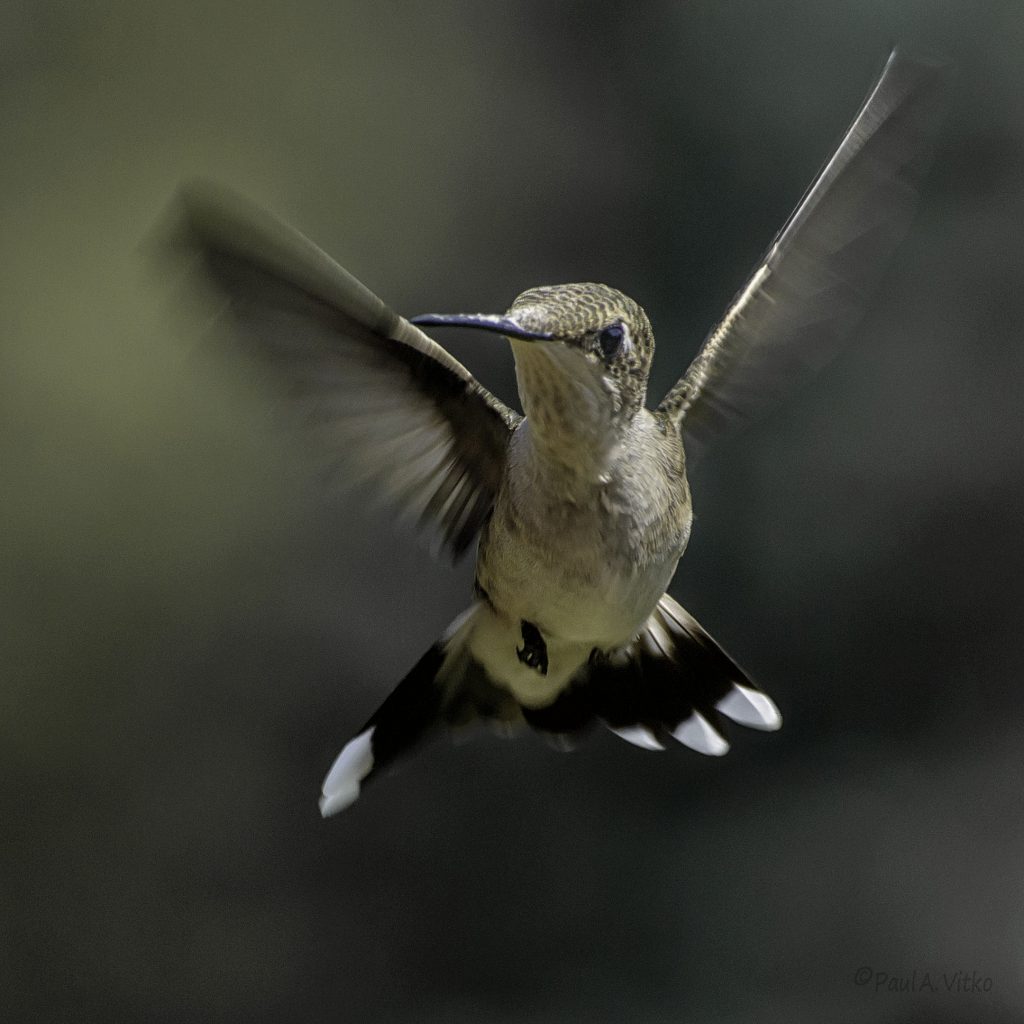
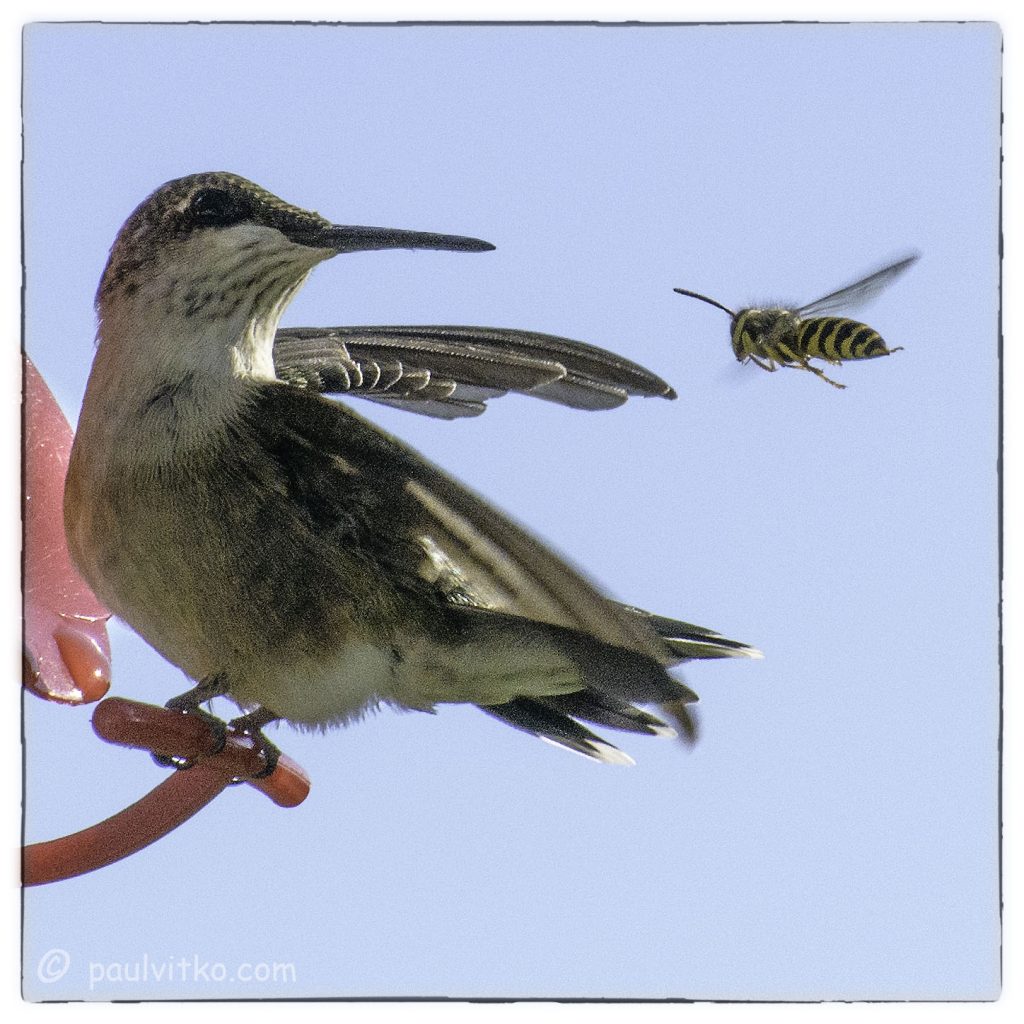
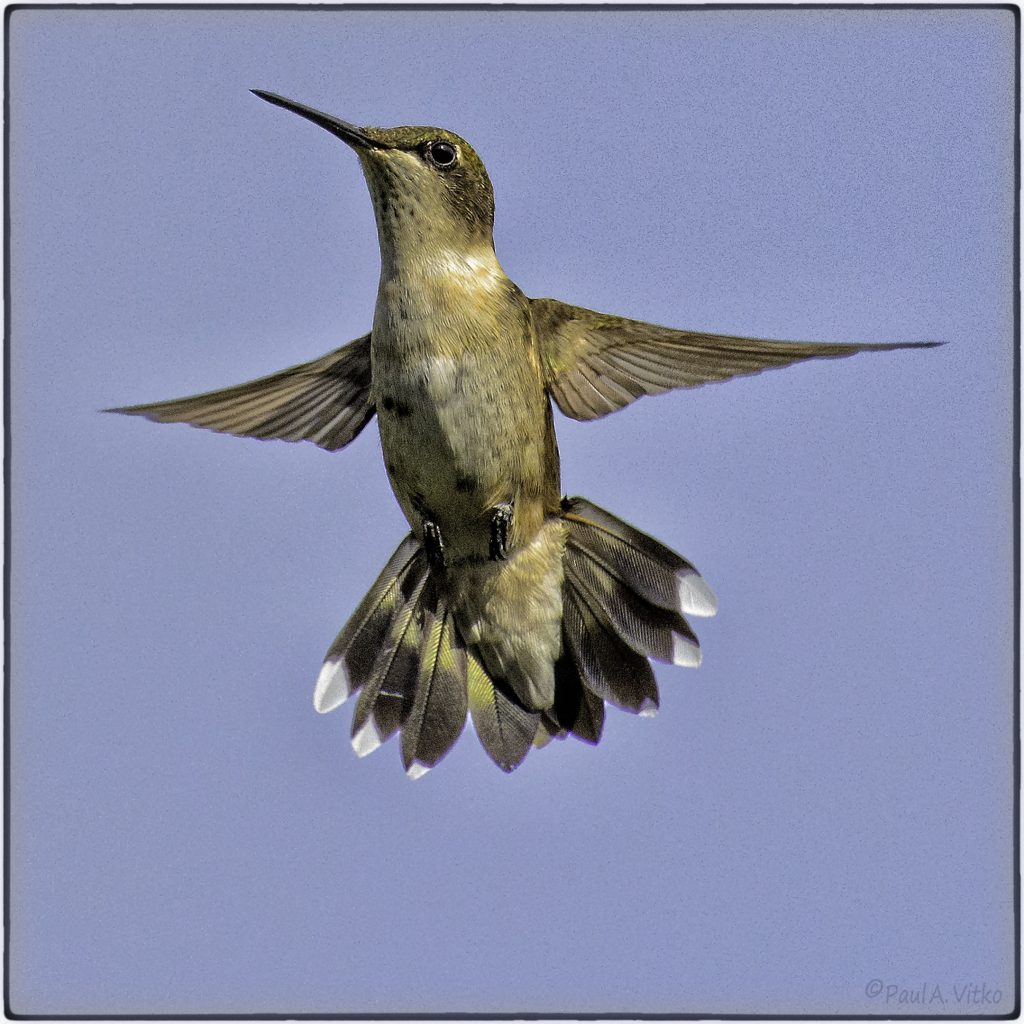
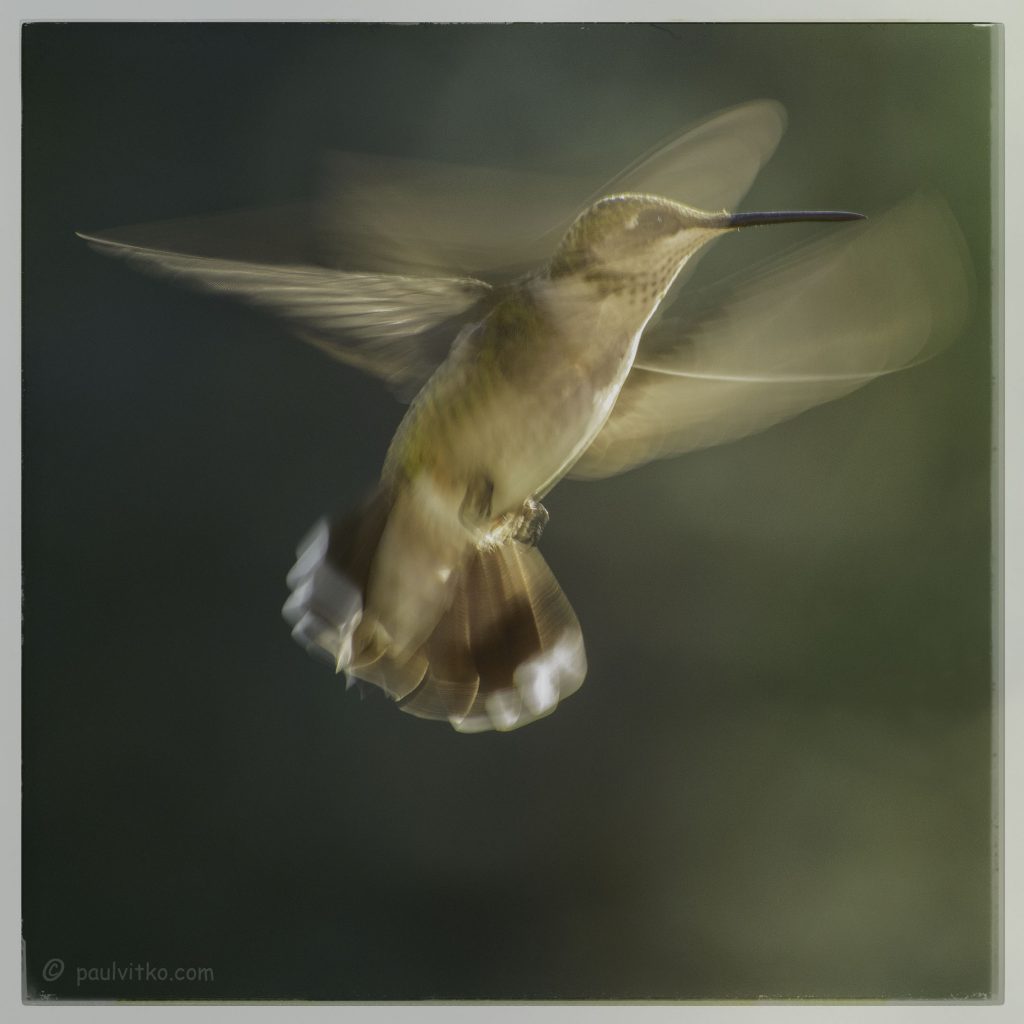
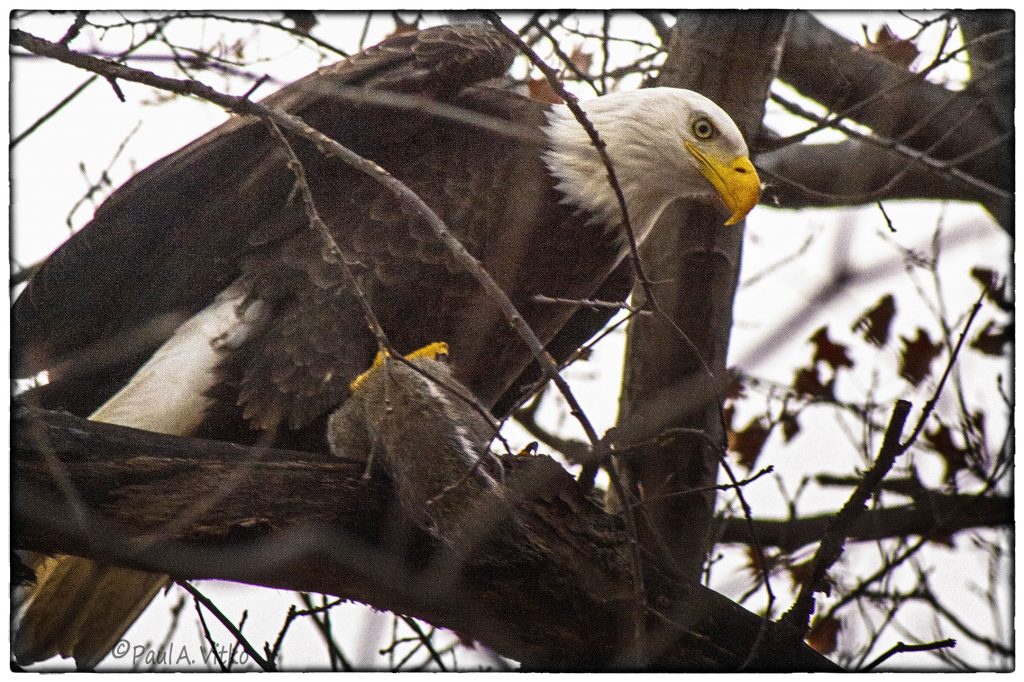
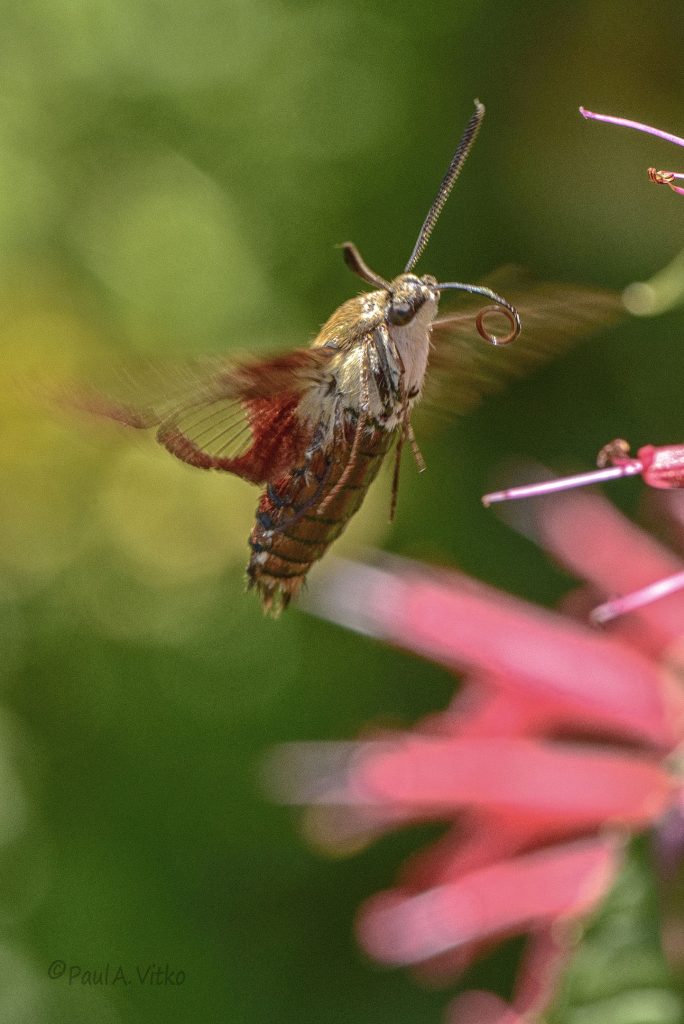
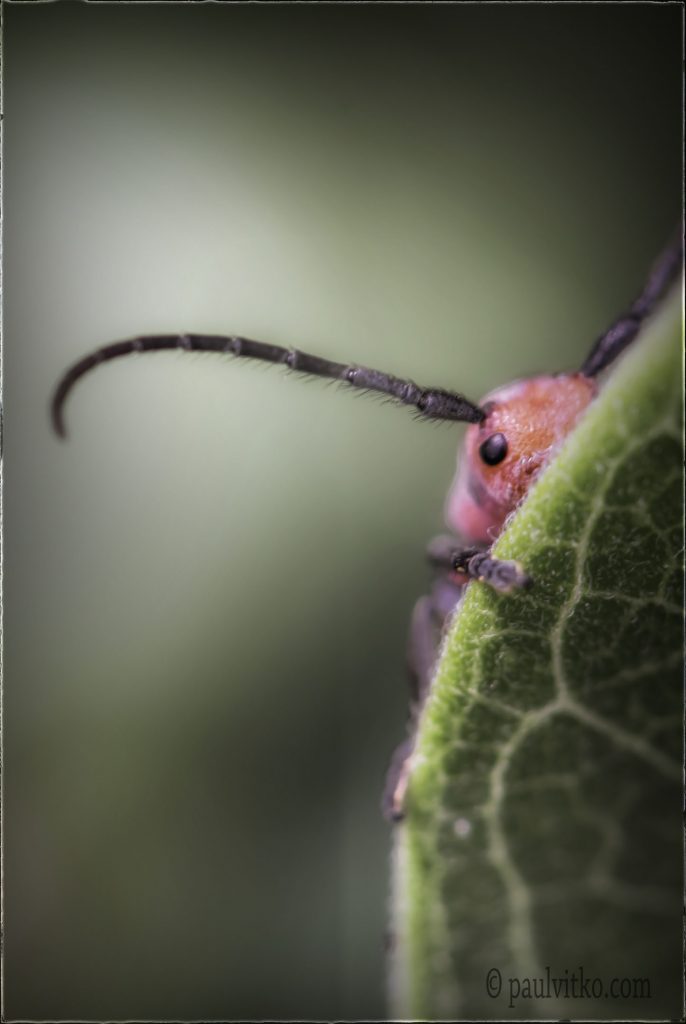
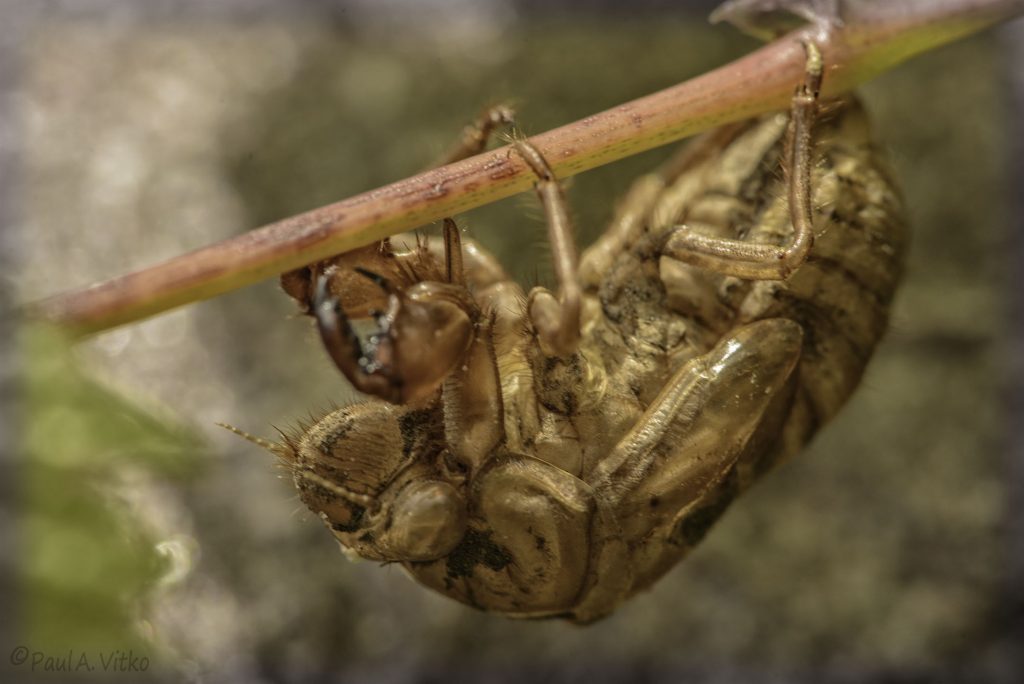

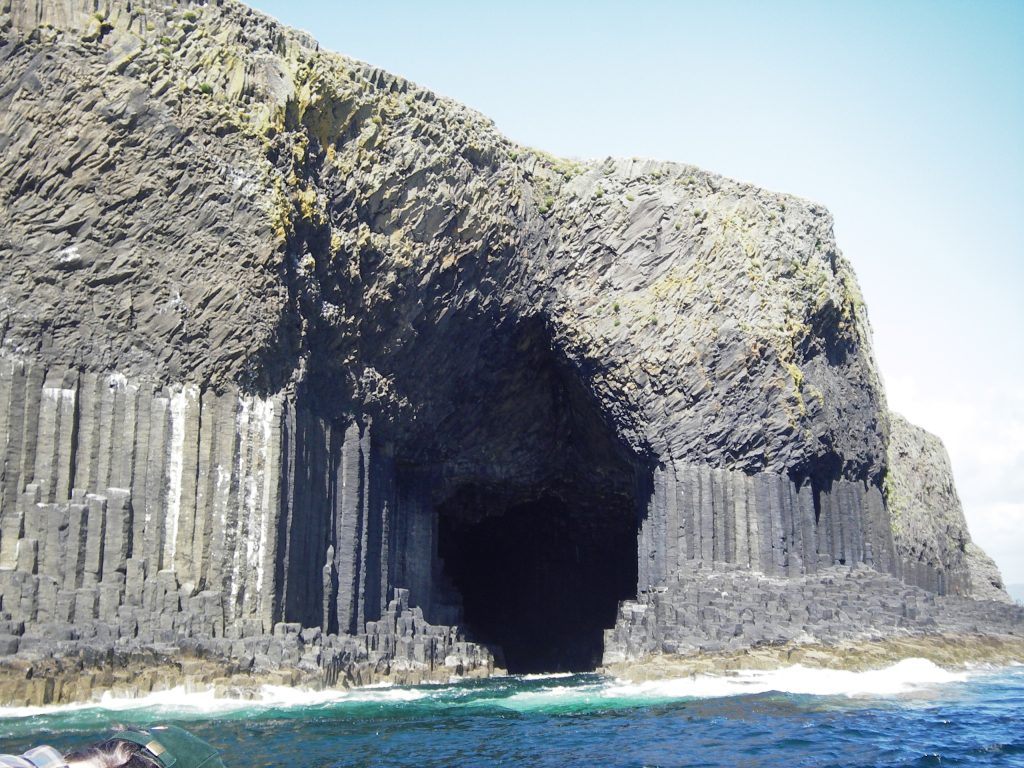
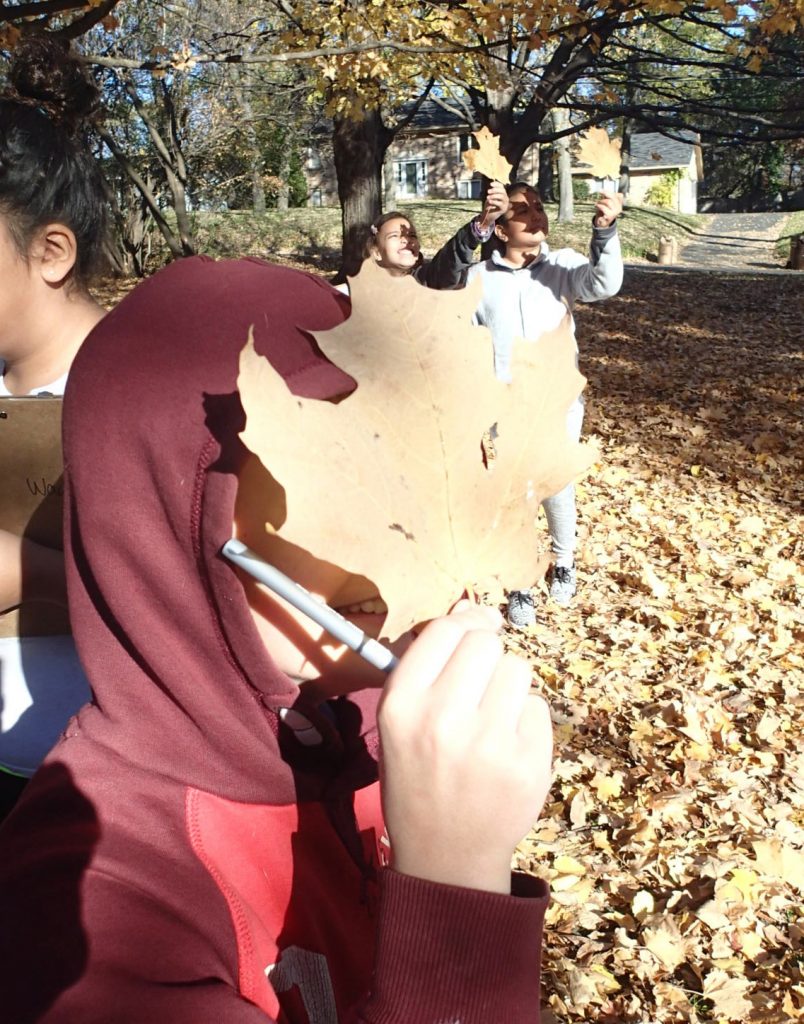
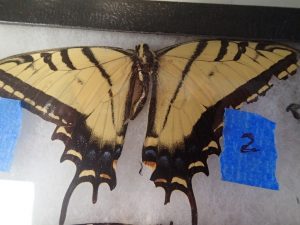 It’s a beautiful butterfly
It’s a beautiful butterfly